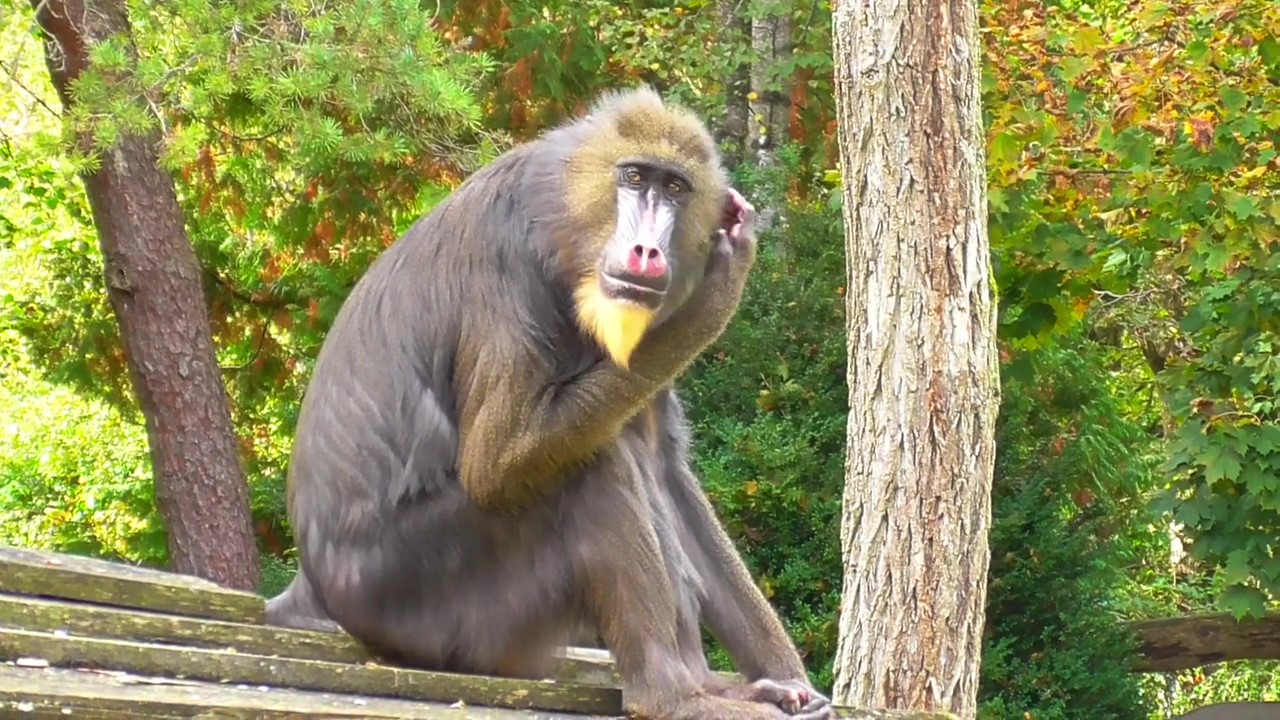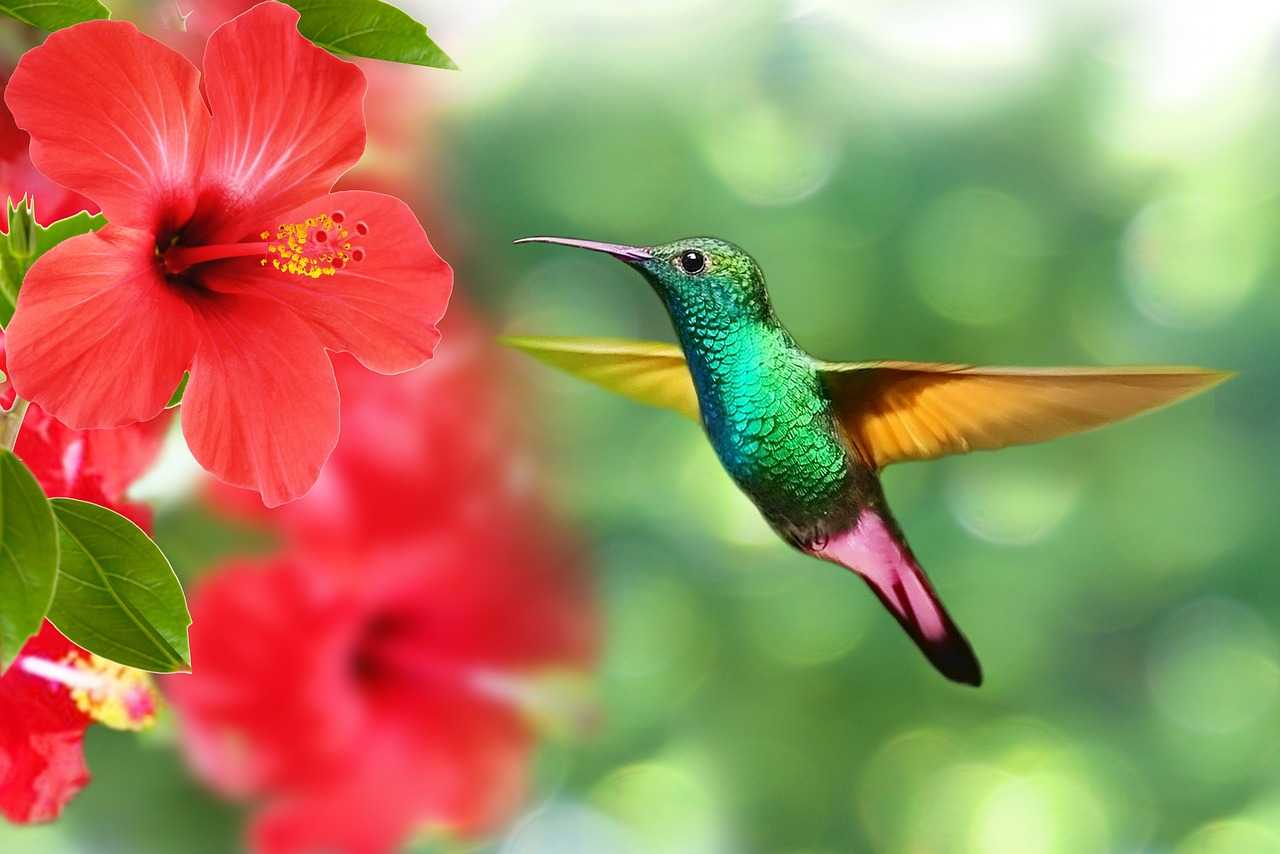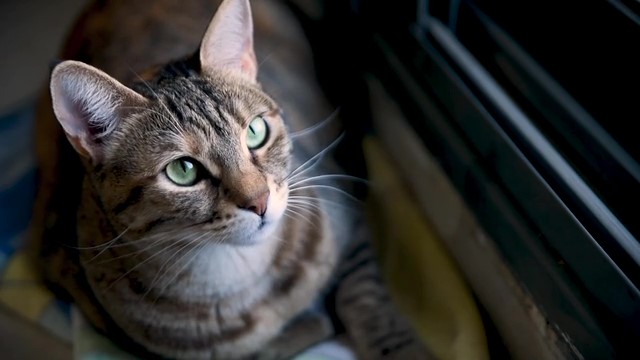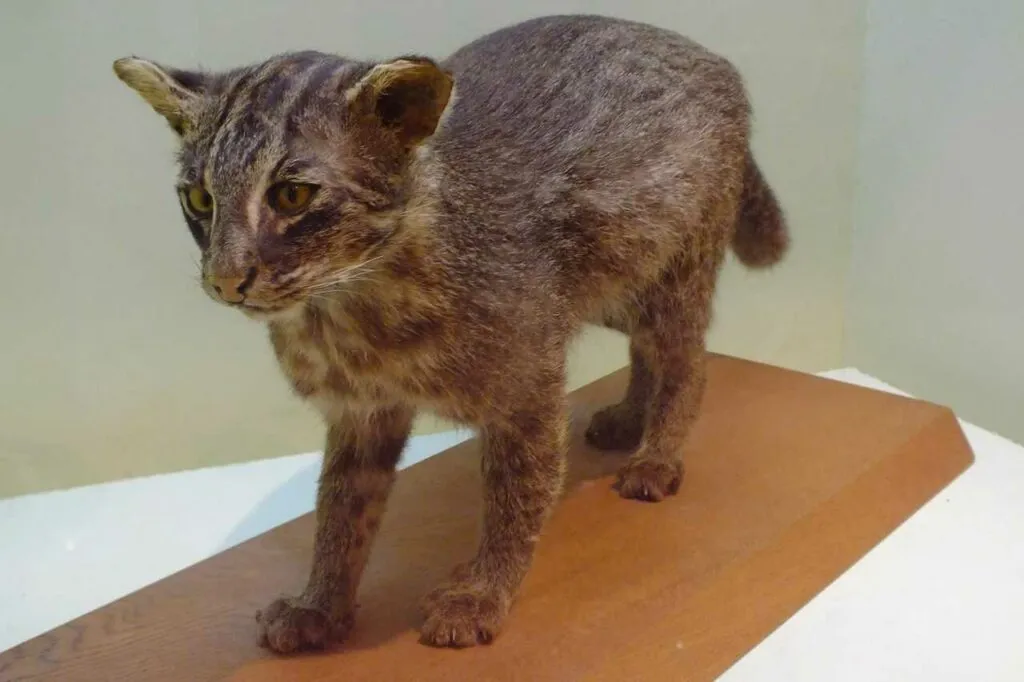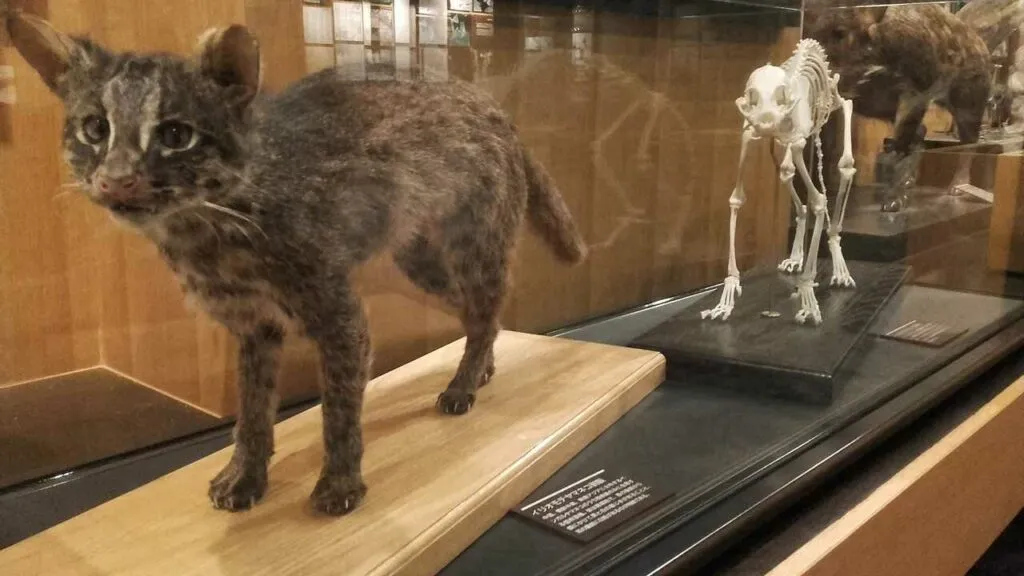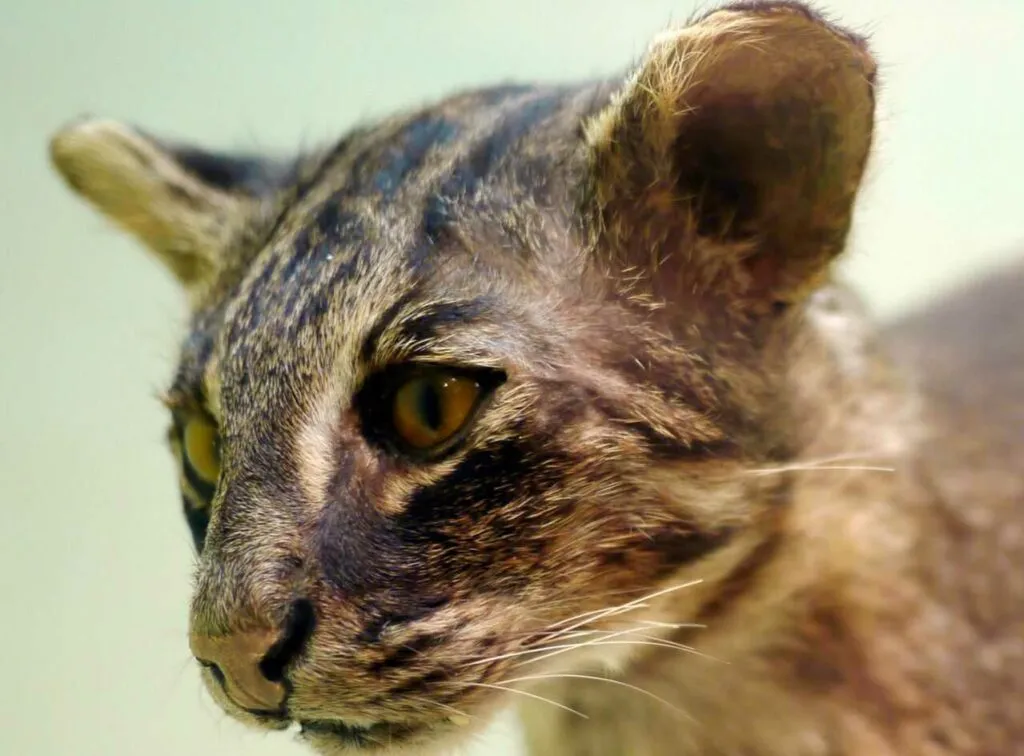
Iriomote Cat
Iriomote Cat
Iriomote Cat
Do you know the iriomote cat, a rare wildcat that lives only on Iriomote Island in Okinawa Prefecture in Japan? The iriomote cat has a small population and is at risk of extinction, so it is designated as an endangered species and a special natural monument of Japan. In fact, the iriomote wildcat has only been discovered for about 50 years, and it is still an animal with many mysteries. Let's take a peek at what characteristics and secrets iriomote cats have in this article!
Iriomote Cat Basic Infomation

Mammalia-Carnivora-Felidae-Leopard cat genus.
Length:50~60cm weight:3~4kg.
Iriomote cat is a wild cat of the Japanese subspecies that inhabits only Iriomote Island in Okinawa Prefecture. Its fur is light brown with dark brown spots all over its body, and it has distinctive white and black stripes on the back of its head to its forehead and around its eyes.
Iriomote cats are basically solitary and only males and females are together when mating. They breed around December to March and give birth and raise their children around April to June. By October to November, the children become independent. The gestation period is about 65 days, and it is thought that they give birth to one to three children at a time, but there are still many points that are not clear.
By the way, iriomote cats are said to be basically nocturnal, but they also seem to hunt and be active during the day.
Iriomote Cat Q&A

What is the origin of the name iriomote cat?
The name iriomote cat was given because it was discovered on Iriomote Island in Japan.
In fact, there was a proposal to name it “togawa wild cat” in honor of the animal writer Yukio Togawa, who discovered Iriomote yamaneko.
However, Mr. Togawa declined the proposal and named the yamaneko on Iriomote Island “iriomote cat” after the yamaneko “tsushima leopard cat” that inhabits another Japanese island (Tsushima Island).
The scientific name of the iriomote cat is "Prionailurus bengalensis iriomotensis".
By the way, the Iriomote cat was discovered in 1965, and it was officially announced as a new species of animal in 1967.
Until then, iriomote cats were called by dialects (aliases) such as "yama pikarya" (things that glow in the mountains), "yamamaya" (cats in the mountains), and "me pikarya" (things that shine in the eyes).

Why do iriomote cats live there?
Iriomote cat is a wild cat with rare characteristics such as living only on Iriomote Island, a remote island in Okinawa Prefecture in Japan.It is said that they prefer places where various plants grow and water abundantly grows, such as mangrove forests, wetland forests, and coastal forests in the lowland part of the island at an altitude of 200m or less.
Iriomote Island has an area of about 284 ha and a circumference of about 130km, which is about half the size of Tokyo's 23 wards.
Iriomote Island is a naturally rich island covered with virgin forests that cover 90% of the island’s area and is the second largest island in Okinawa Prefecture after Okinawa Island. However, it is not a large enough island for the wildcat, a carnivorous animal, to inhabit, and Iriomote Island is famous for being the smallest island in the world where wildcat (a member of the cat family) inhabit.
Considering the environment such as the area of Iriomote Island and the animals that inhabit it, it is estimated that there are only about 250 iriomote cats at most.
So why do iriomote cats live on such a small island?
It is thought that some wildcat that crossed over when Iriomote Island was connected to the continent about 200,000 years ago were left behind on Iriomote Island. Then, the wildcat adapted to the environment of Iriomote Island and evolved independently, resulting in the iriomote cat.
The iriomote cat is considered to be a very primitive wildcat and is sometimes called a "living fossil."
By the way, it was thought to be an independent species for a while after its discovery, but now it is considered to be a subspecies of the leopard cat.

What does the iriomote cat eat?
Wild iriomote cats feed on mammals (black rats, ryukyu flying foxes, etc.), birds (white-breasted waterhens, northern boobooks, etc.), reptiles (okinawa tree lizards, sakishima odd-tooth snake, etc.), and amphibians (sakishima rice frogs, yaeyama harpist frogs, etc.).
They also catch and eat a variety of other animals such as fish, crustaceans (shrimp, crabs, etc.), and insects (grasshoppers, crickets, etc.).
Iriomote cats are known for not being afraid of water, which is unusual for cats. They are often seen jumping into rivers and streams to catch fish and crustaceans.

What is the difference between iriomote cats and domestic cats?
The first obvious difference is the shape and pattern of the ears.
The ears of the Iriomote cat are round, while those of the domestic cat are mostly triangular with pointed tips. Also, there is a white pattern called "ocelli" on the back of the Iriomote cat’s ears. This is a characteristic that is unique to wild cats and is not found in domestic cats.
Other differences include the shape of the tail and the size of the nose.
The tail of the iriomote cat is long and thick compared to that of the domestic cat. The iriomote cat uses this tail and its muscles to climb trees and hunt skillfully. Also, the nose is wider than that of the domestic cat and has a shape closer to that of a tiger or lion.

What kind of cry does the iriomote cat make?
Iriomote cat kittens chirp with cute voices such as "mew" similar to domestic cats, but adults meow and growl in a voice close to barking "gao", which are quite thick.
However, wild iriomote cats rarely chirp, and they only chirp when they are threatening or during the breeding season. Therefore, even if you look for wild iriomote cats in the primeval forests of Iriomote Island, it is difficult to find them.

Is it true that there is a facility to protect iriomote cats?
It's true.
The "Iriomote Wildlife Conservation Center" on Iriomote Island is a facility established by the Ministry of the Environment as an activity base to protect the precious wildlife of Iriomote Island, including iriomote wildcats.
At the Iriomote Wildlife Conservation Center, after protecting and treating injured or sick iriomote wildcats, they are engaged in activities to release them to the wild, and to deepen people's interest in the nature, wildlife, and conservation of Iriomote Island.

Can iriomote cats be kept as pets?
When breeding rare animals at home, it is necessary to follow the established laws in some countries. This time, we will introduce whether it is possible to breed iriomote cats at home in Japan.
The iriomote cat is designated as a "Special Natural Monument" by Japan and is strictly protected.
In Japan, it is not possible to catch iriomote cat and keep them as pets. If you intentionally harm or kill an iriomote cat, it is a violation of the law and you may be subject to imprisonment or a fine.
If you find an injured or dead Iriomote cat on Iriomote Island, please contact the “Yamaneko Emergency Dial” of the Iriomote Wildlife Conservation Center and follow their instructions.

What is the lifespan of an iriomote cat?
The lifespan of the iriomote cat is not well understood, but it is believed to be less than 10 years in the wild or in captivity.
The oldest iriomote cat in captivity was a male named “W-48” or “Yon,” who was kept at the Iriomote Wildlife Conservation Center.
“Yon” was rescued after being hit by a car at about 5 months old and becoming unable to move. He was rehabilitated with the aim of returning to the wild, but he had residual effects from his injuries and was kept for life at the center for 14 years, 8 months, and 3 days.
While the average lifespan of an iriomote cat is believed to be less than 10 years, Yon lived until an estimated 15 years and 1 month old, making him a very long-lived individual.

Is there a place in Japan where I can see iriomote cats?
Due to the fact that iriomote cat is a very rare and valuable animal with a small population, as of 2021, it is not kept in facilities such as zoos.
Although there are few examples of iriomote cat being kept in captivity, a male and female captured in 1966 were kept at the home of zoologist Yoshinori Imamura for a short time from 1967. After that, they were kept at the home of Yukio Togawa for about two years. From 1969 to 1975, they were kept at the research department of the National Museum of Nature and Science in Ueno.
The male "Rio" that was bred at that time was changed to temporary taxidermy, and the female "Moko" was changed to this taxidermy and is still preserved at the National Museum of Nature and Science.
Also, at the Iriomote Wildlife Conservation Center, Iriomote cat that have been injured or sick and rescued are sometimes kept in captivity. However, this is only for the purpose of protecting them with the aim of returning them to the wild. It seems that Iriomote cat is not open to the public because it would be difficult if they become accustomed to humans.
By the way, at the Iriomote Wildlife Conservation Center, there is a stuffed Iriomote cat "Yon" that I mentioned earlier.
By the way, tsushima leopard cat, which inhabits Japan like Iriomote cat, is kept in several zoos such as Yokohama Zoo Zoorasia and Inokashira Natural Cultural Park.

What kind of enemies does the iriomote cat have?
It is said that the iriomote cat living on Iriomote Island has no natural enemies that can be called natural enemies. For the iriomote cat, which seems to have no enemies, the only and greatest enemy is us humans.
The iriomote cat is designated as a special natural monument and an endangered species and is strictly protected, but its population is believed to be declining. The main causes of the decline in the number of iriomote cats are environmental destruction and traffic accidents.
In Iriomote Island, primary forests and wetlands have been developed, and the places where iriomote cats can live and find food are decreasing. In addition, they are often victims of traffic accidents, and almost every year one or more iriomote cats become victims of traffic accidents.
Therefore, in Iriomote Island, the speed limit on roads is set at 40km, and “Beware of iriomote cats” signs are installed in places where they are often seen.
In addition, various measures are being taken, such as making the road surface bumpy with sound and vibration on some roads to alert iriomote cats to the presence of cars called “zebra zones”, and installing animal tunnels called “underpasses” under the road so that they can pass without crossing the road.
Iriomote Island still has rich nature and is a very attractive tourist destination with many wild animals.
When visiting Iriomote Island, it is important to be considerate of animals such as iriomote cats and crested serpent eagles and drive at the designated speed while paying attention.

Would you like to become a part of the 'Animalbook.jp'?
Turn your knowledge into Q&A and share it with the world. ※Publication will be activated after purchase. Let's share information together!
Iriomote Cat Type of List
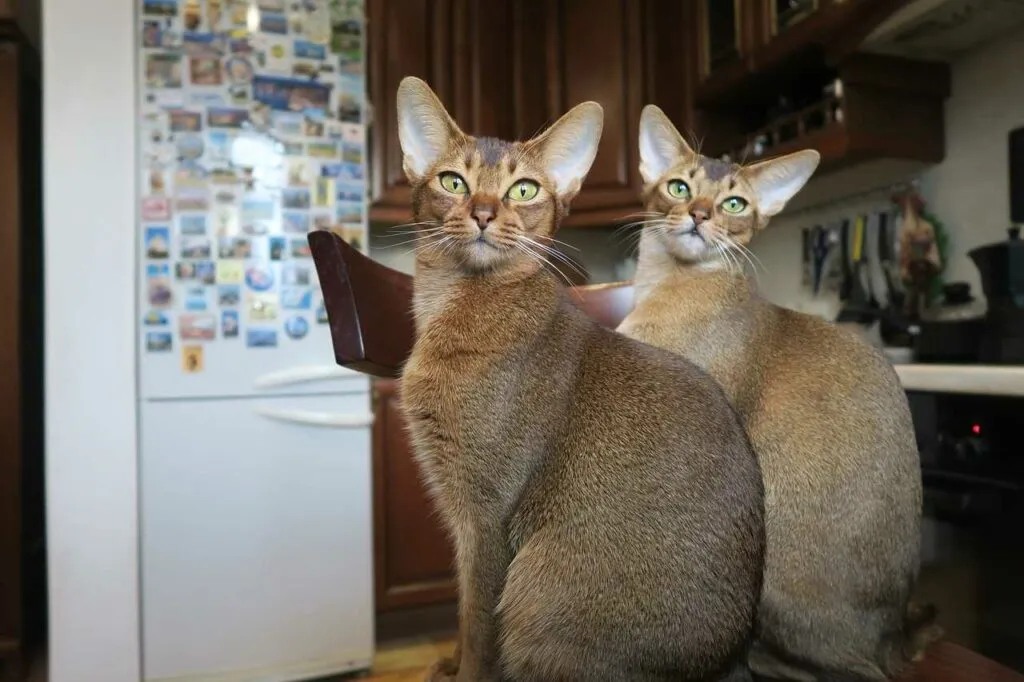
Abyssinian
Which cat embodies a certain elegance and beauty? That's right! The 'Abyssinian.' While it's not certain, there is a legend that the Abyssinian was one of the cats loved by Cleopatra, who is counted among the world's three great beauties. They may not be flashy, but they have a unique fur color that is absolutely beautiful! Why not delve into the secrets of the Abyssinian on this page right away?
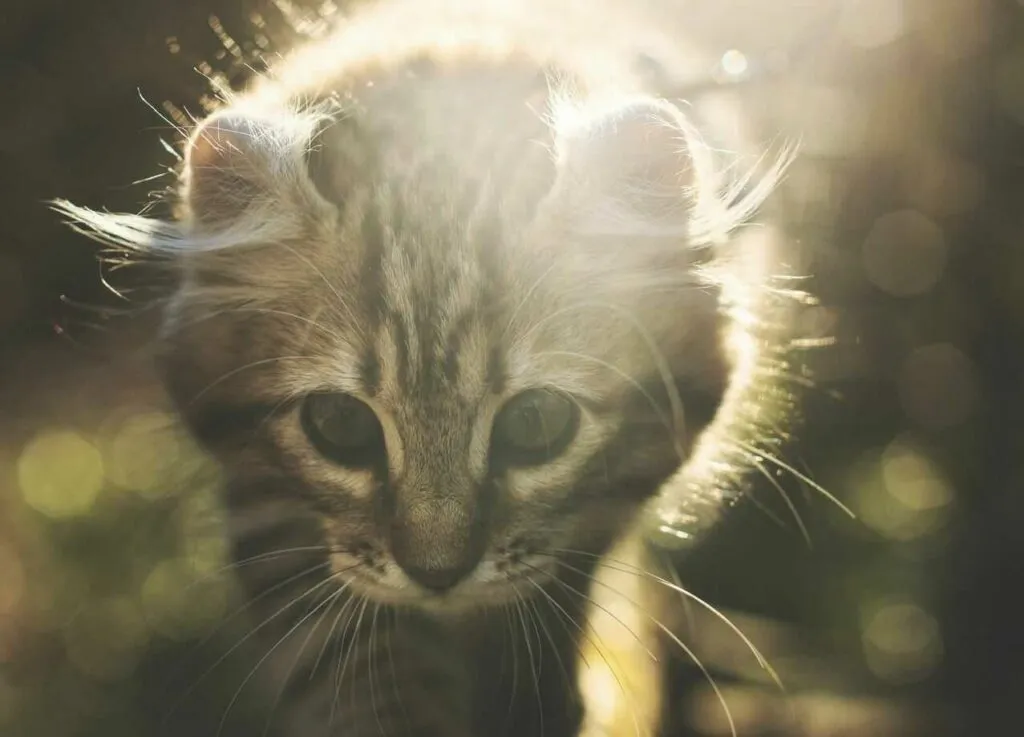
American Curl
This article introduces the American Curl, a cat breed with charming curled ears! It is also called “the Peter Pan of cats”. It is a rare breed that is not often seen in pet shops, so only a few people know about it. But we hope that this page will spark your interest in the American Curl!

American Shorthair
The American Shorthair, known for its beautiful tabby patterns, is popular in Japan too! Even if you're not familiar with cats, you've likely heard the name. While many know of its popularity, details about its personality or history may be less familiar. So, let's dive into the charm of the cat often called 'Amesho' together!
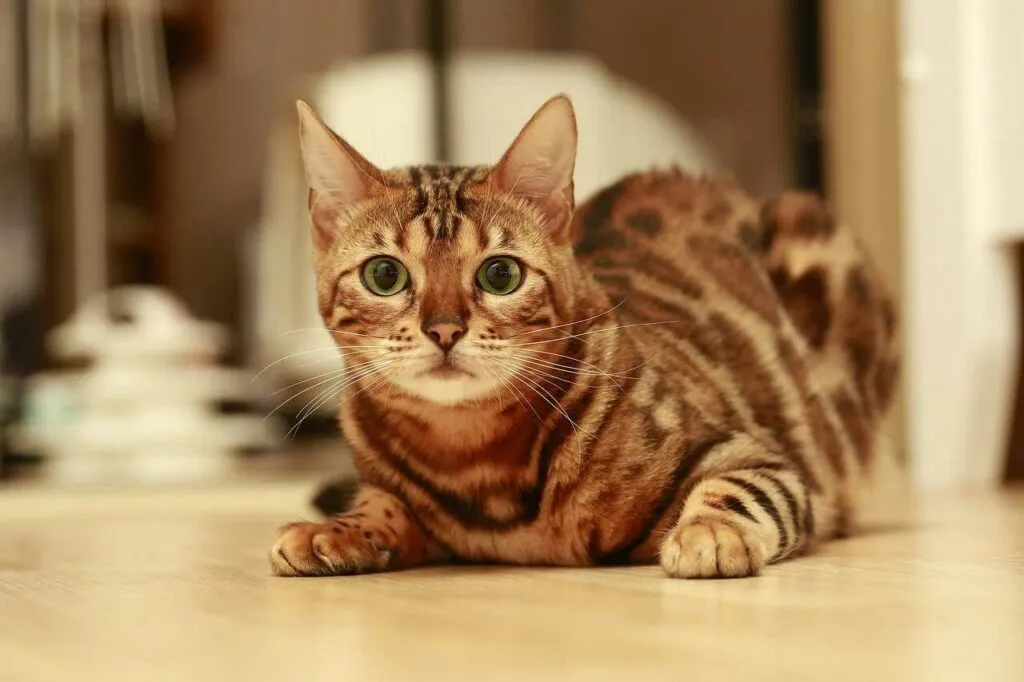
Bengal
Have you heard of Bengal cats? You may not have seen them in pet shops, so many people may be hearing their name for the first time. The most distinctive feature of Bengal cats is their rosette pattern on their body, which can be described as a leopard pattern. The Bengal cat, with its wild appearance, is one of the popular breeds among cat lovers! Let’s take a look at the personality and history of Bengal cats!

Birman
Do you know about the Birman cat? It sounds like a breed name that might appear in a manga, but there's no connection. However, there are fascinating legends associated with Birmans in their country of origin, Myanmar, that sound almost like they are straight out of a manga. This page introduces various characteristics of the Birman. Why not delve into its secrets with us?
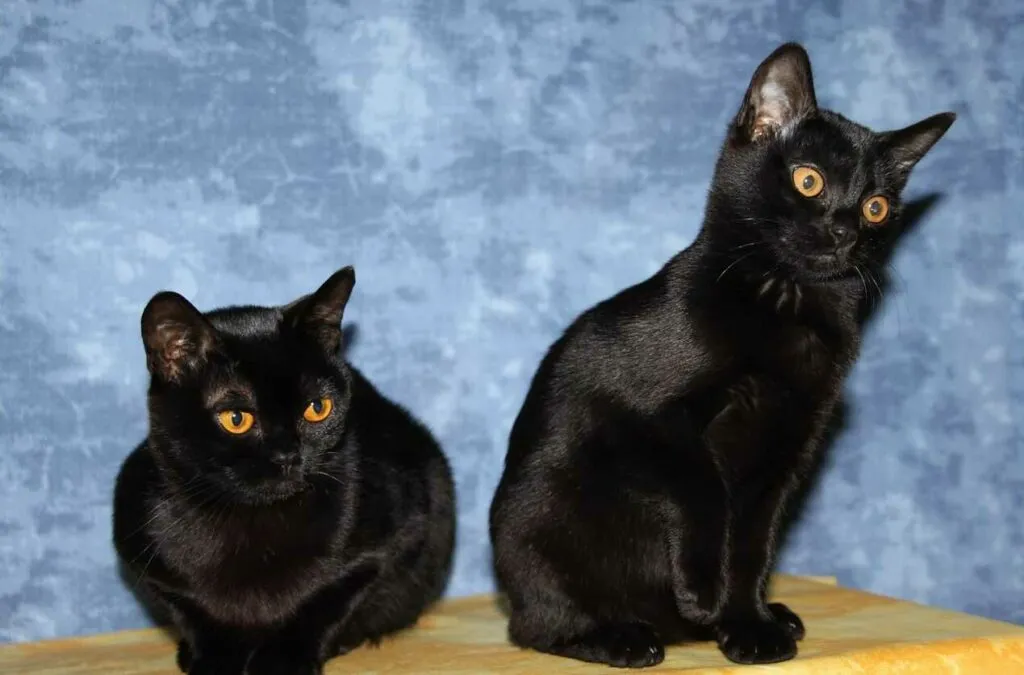
Bombay
Are you familiar with the Bombay cat, a breed not well known in Japan? At first glance, it might seem like just an ordinary black cat, but the origin story of the Bombay involves a significant contribution from one woman. What secrets lie in the history of the Bombay, and how did it get its name? Let's dive into the excitement and uncover these mysteries together!

British Shorthair
Do you know the story of “Alice in Wonderland”? There is a character called the Cheshire Cat in it, and the British Shorthair is said to be the cat that became the model for it! It has become popular in Japan recently, so some of you may have heard the name! Let’s explore the cute secrets of the British Shorthair!
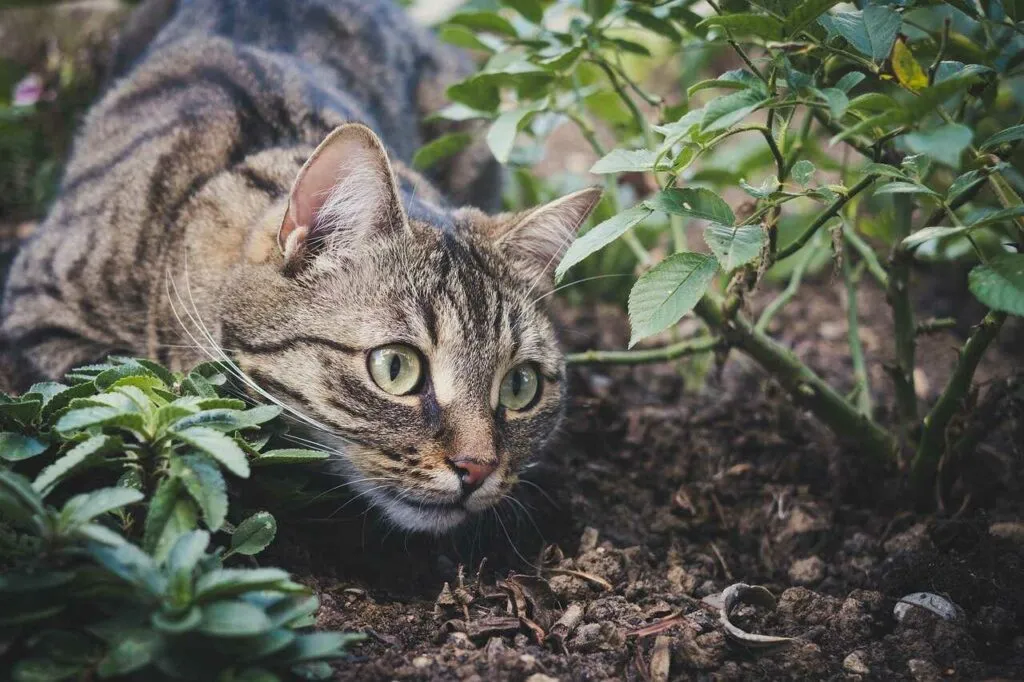
Cat
The cat café boom has been ignited, and cats are becoming more and more popular as pets these days! Cats are famous for their fickle and self-paced nature. I know it's popular, but I'm sure there are many things you don't know much about the original ecology of cats. Why don't you join us in exploring the secrets of cats filled with wonders?
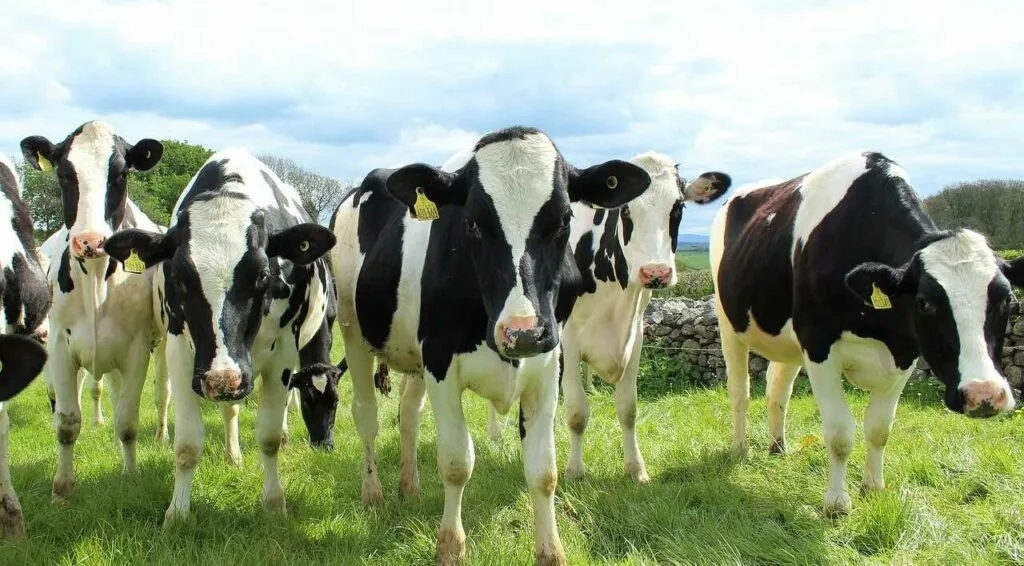
Cattle
f you were asked, "What are the characteristics of cows" ?What would you explain. Cows are very famous animals, and many people have seen them in ranches and zoos. However, when you think about it again, there are many things you may not know, such as what kind of cows there are and why they can grow so big by eating grass. Now let's take a sneak peek at some of the characteristics and secrets of cows that you may not be aware of!
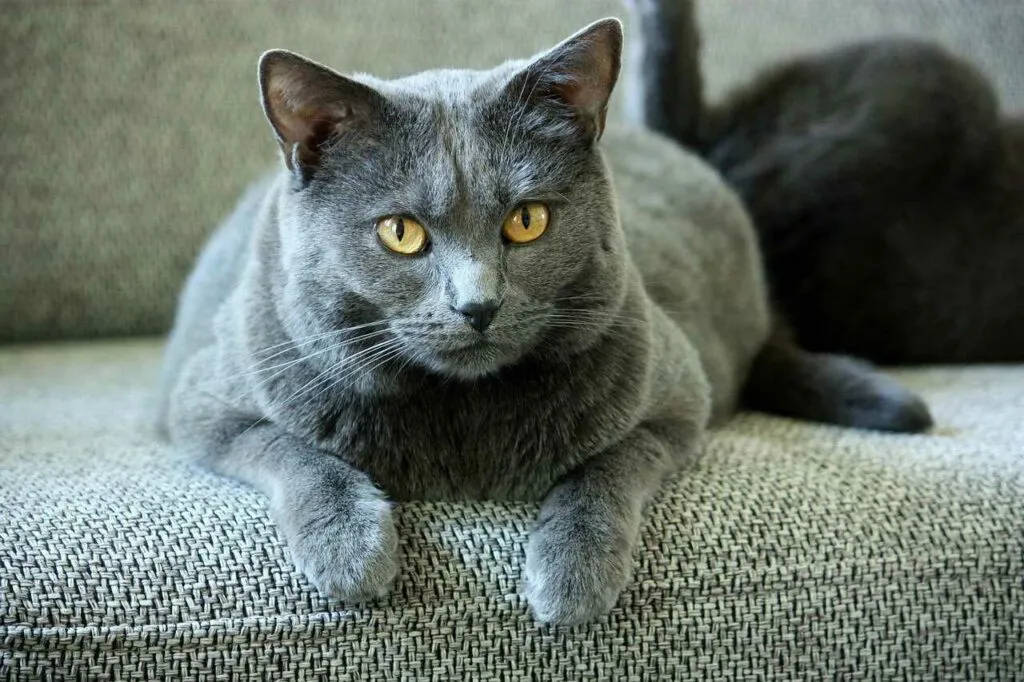
Chartreux
Name a stylish cat? That's right, it's the Chartreux! However, many people may think, 'Chartreux? I've never heard of it. It's a cat that isn't very familiar in Japan, but in France, it's described as an interesting and cute cat that looks like a potato with toothpicks stuck in it. It is also called the "Blue Three" along with the Russian Blue and Korat. Would you like to take a look at the mysterious secrets and slightly sad history of Chartreux together?
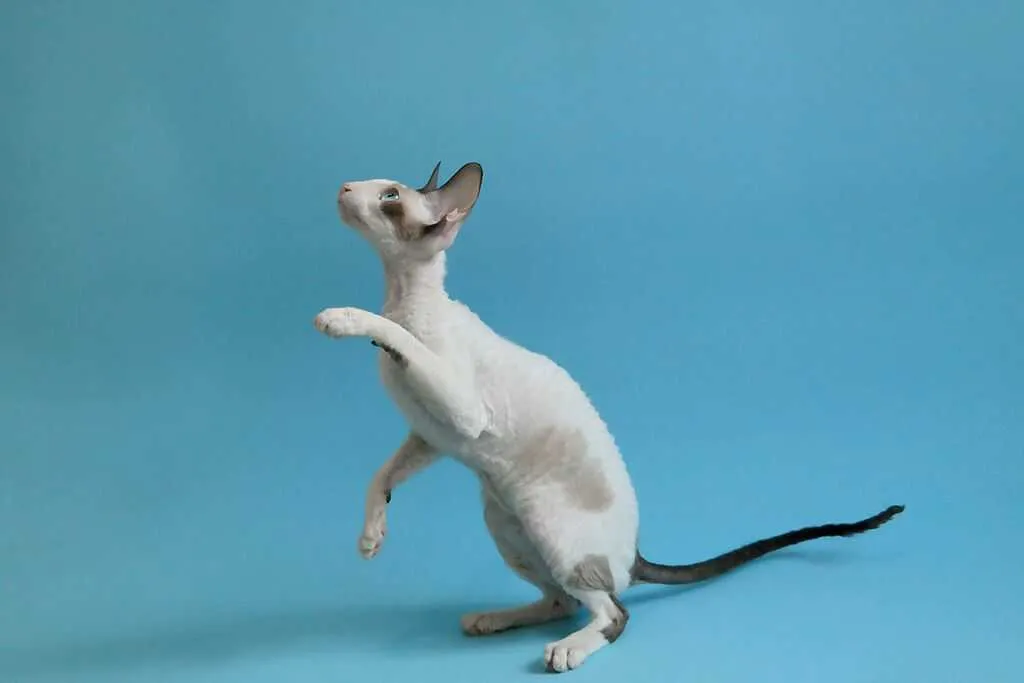
Cornish Rex
Here’s a quiz for you: What animal is known for its slender limbs, small face, and is also called the “greyhound of cats”? The answer is the Cornish Rex! You may not have heard of it before since it’s not often seen in Japan. In addition to having a good style, it also has curly hair as a feature. There are many other secrets about the Cornish Rex hidden on this page. Why don’t you go and explore those secrets right away?
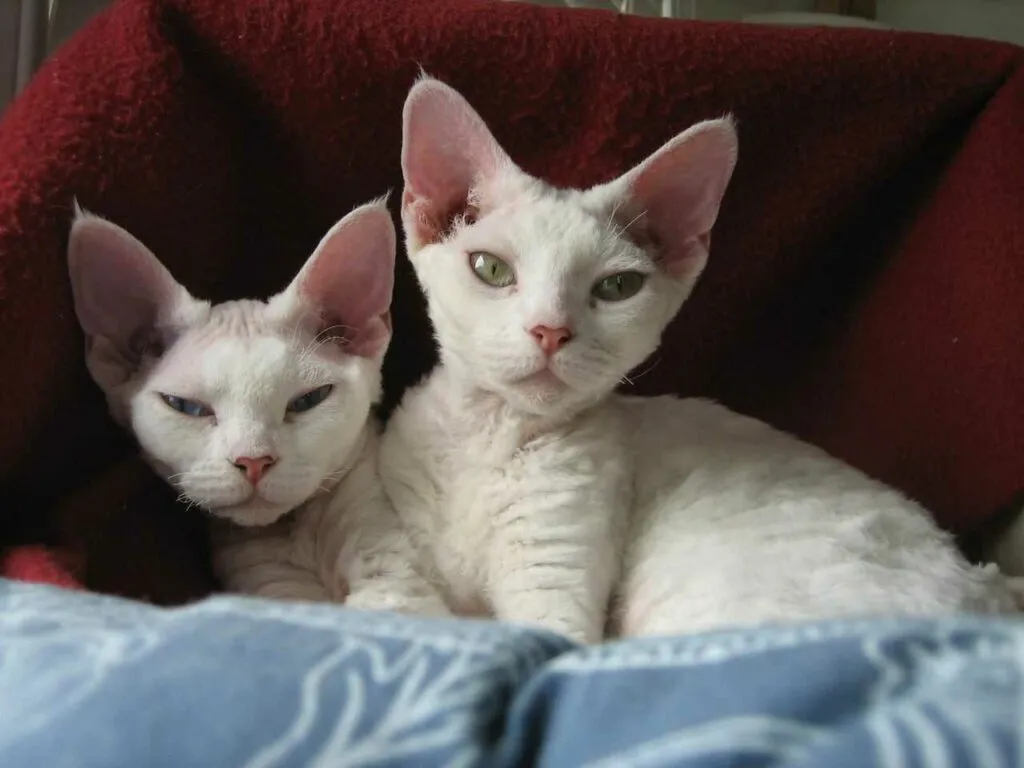
Devon Rex
Are you looking for a cat breed that is not only cute but also unique? If so, the Devon Rex might be the perfect breed for you! In this article, we will introduce the Devon Rex, which has a slightly mysterious appearance. Although there are other breeds with unique appearances, the Devon Rex is one of them. Like the Selkirk Rex, it has curly hair, but unlike the Selkirk Rex, it is not very fluffy and has a more restrained volume. Although it is still not very well-known in Japan, this breed of cat has many secrets. Let’s explore those secrets right away!

Egyptian Mau
The Egyptian Mau is a cat with the name of Egypt, featuring a wild beauty reminiscent of leopards and cheetahs. This breed has a long history, and it is said that few cat lovers in Japan are familiar with it. Would you like to explore the secrets of the Egyptian Mau with us?

Exotic Shorthair
Have you heard of the Exotic Shorthair cat? Even if the name doesn’t ring a bell, you might remember seeing its charming face somewhere! Recently, it has been active as a pet talent in TV commercials and other media! It is sometimes called “Ugly but cute cat” due to its unique facial features. Why don’t we explore the secrets of this Exotic Shorthair cat that is more than just Ugly but cute?

Genetta
The Genetta is a small, short-legged cat with strikingly wild patterns reminiscent of a leopard (though occasionally, long-legged Genettas can also be found). Their mesmerizing, beautiful eyes are another popular charm of the Genetta. As a new breed that was only established in 2006, the Genetta is expected to gain more popularity in the future. This time, we introduce the Genetta, a small cat with exotic fur and beautiful eyes.
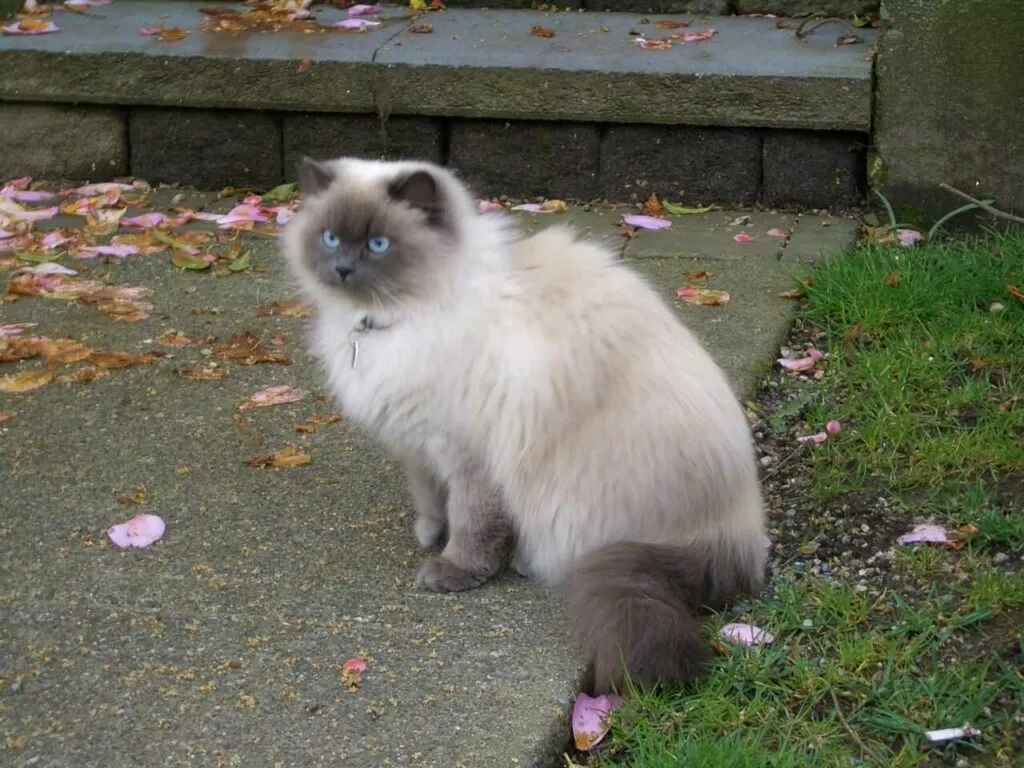
Himalayan
Hey, this animal looks like a raccoon! And it’s fluffy! No, no, that’s a Himalayan cat. By the way, there is also a Himalayan breed of rabbit, but it seems that the rabbit was discovered first. The Himalayan has a similar appearance to the Persian cat, but it has a unique and elegant atmosphere that sets it apart from the Persian. Would you like to take a peek at the little-known secrets of the Himalayan?
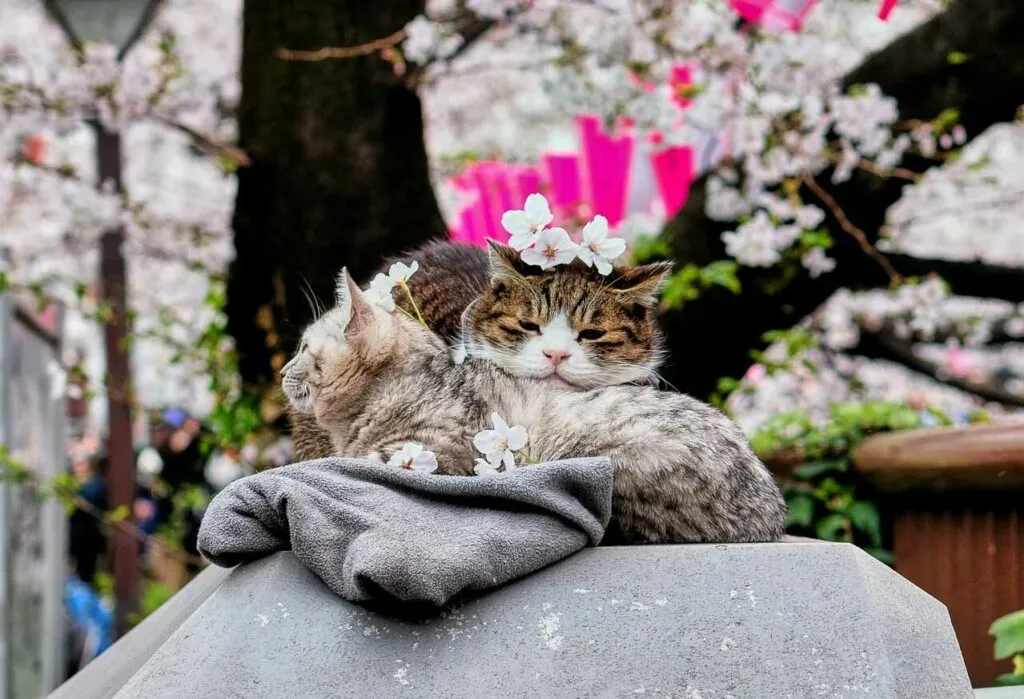
Japanese Bobtail
Do you know the cat that is said to be the model of the “beckoning cat”? Actually, the Japanese bobtail that I introduce on this page is said to be the model! Recently, Western cats tend to attract popularity, but why don’t we explore the birth secret story of the precious cat born in Japan?
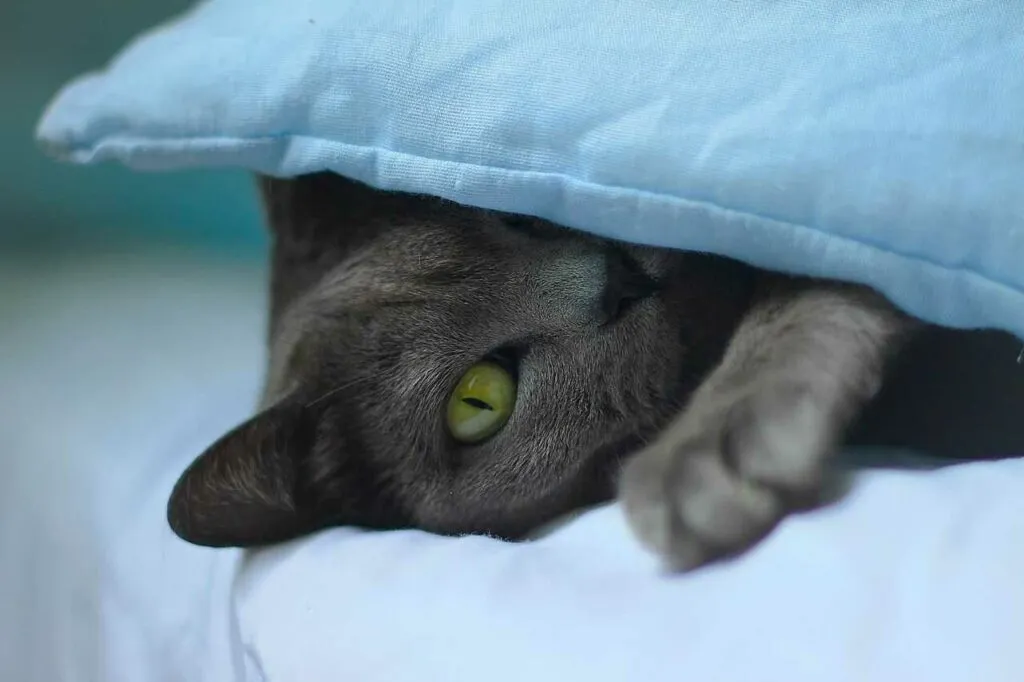
Korat
Famous in Japan, the Russian Blue, the slightly plump Chartreux, and now we introduce the 'Korat'. These three types are collectively known as the 'Blue Cat Big Three'. The Korat has a long history of being cherished as a 'cat that brings good luck'. In addition to this, this page compiles many secrets about the Korat. Let's delve into them!
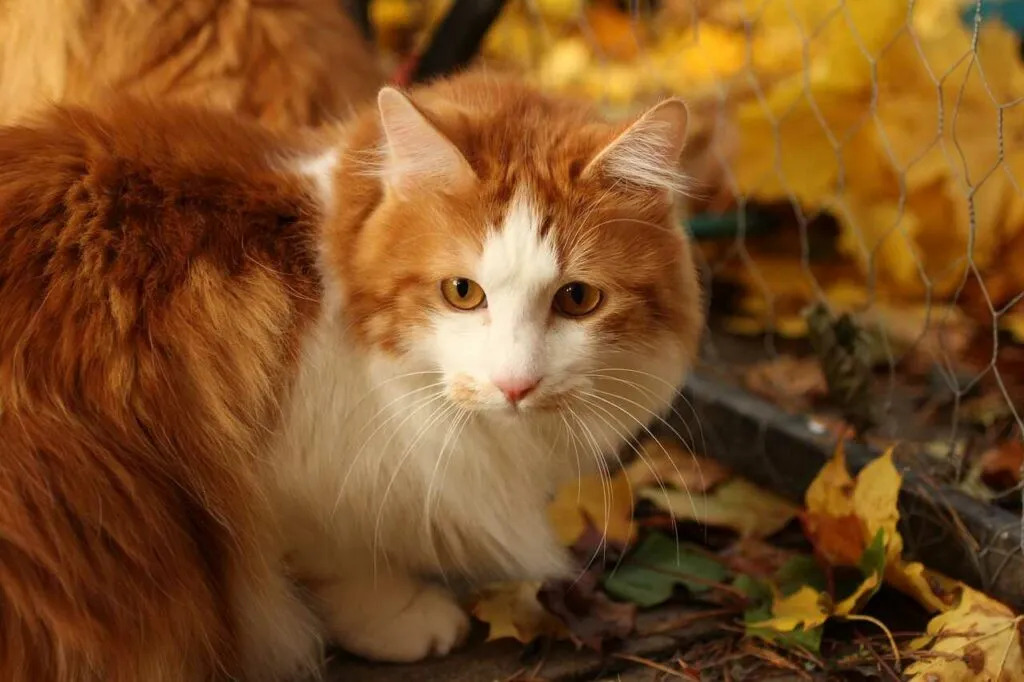
Kurilian Bobtail
The Kurilian Bobtail is a cat with beautiful fur, a rabbit-like short tail, and notably short legs. While it has a calm demeanor and a refined appearance, it actually possesses an active side and is skilled at swimming. Let's introduce this cat with surprising traits.
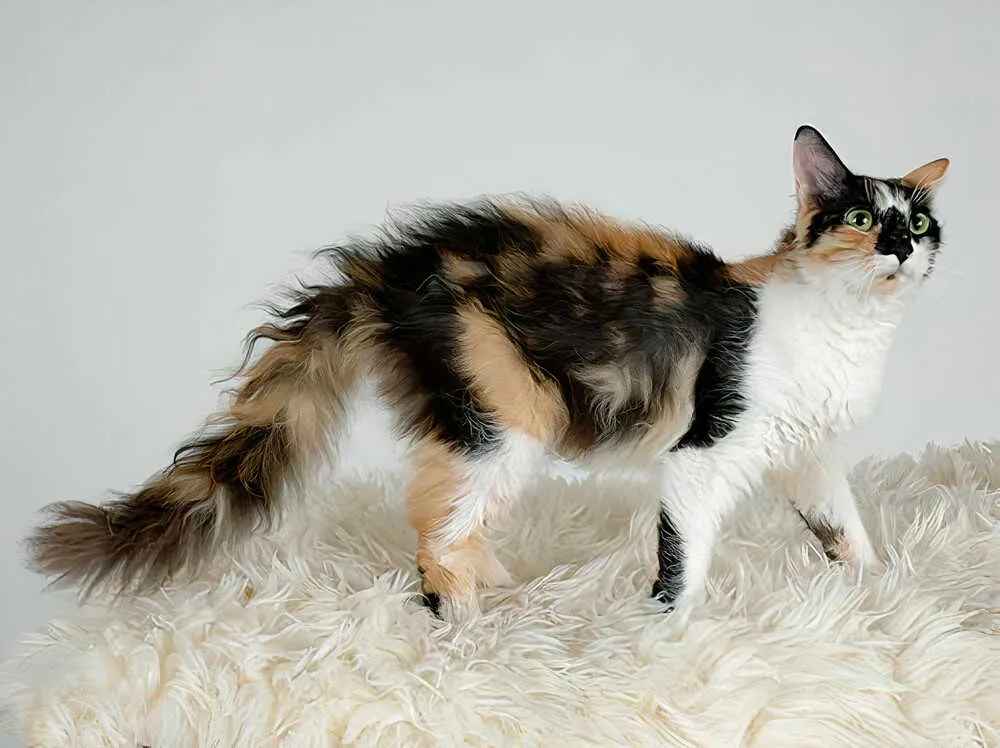
LaPerm
Do you know a cat called LaPerm? It is still not very well known in Japan, and many of you may have heard the name for the first time. To explain briefly, it is a curly-haired cat that looks very similar to the Selkirk Rex, but there is also a photo book called “The World’s Most Beautiful Cats, LaPerm”, and some people are fascinated by its appearance. Why don’t we go and explore the attractive features and secrets of LaPerm right away?

Maine Coon
Well, here’s a sudden question. What breed of cat is known as the “gentle giant” or the “world’s largest cat”? The answer is “Maine Coon”! It is often mistaken for “makein”, but makein is a type of potato. By the way, these two have nothing to do with each other. Maine Coon is one of the breeds that has become popular in Japan recently. Let’s take a look at the secrets of Maine Coon, which are filled with surprises, such as their unexpected personality and characteristics!
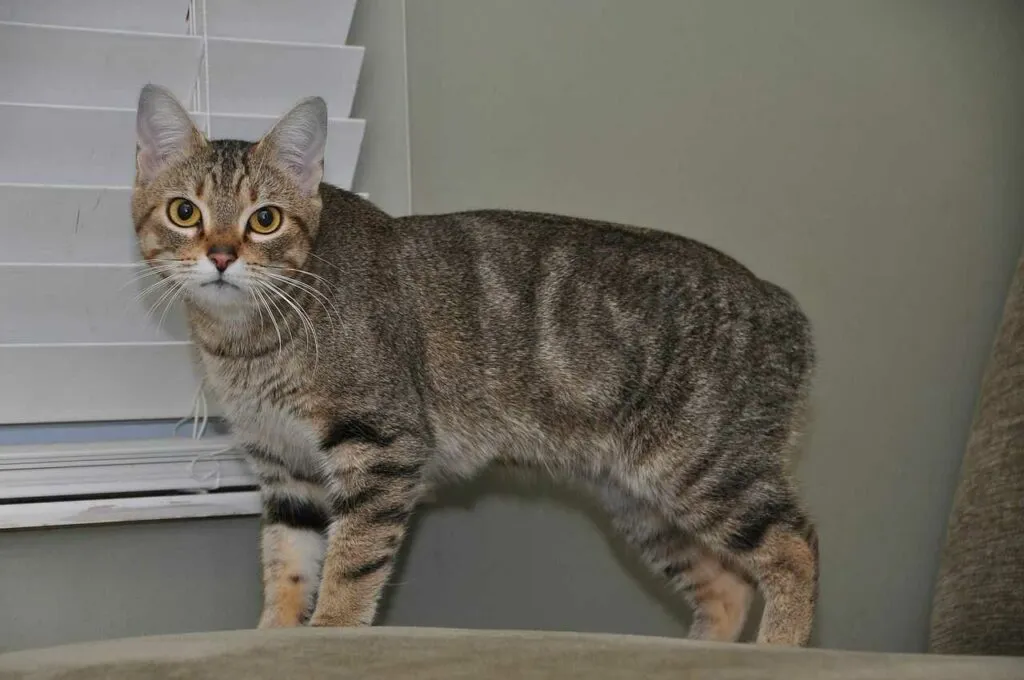
Manx
Speaking of cats with short tails, there is a breed called Japanese Bobtail. In fact, there is another breed called Manx, which also has a very short tail. However, it is almost impossible to see them in Japan, so many people may be hearing the name for the first time! What mysteries are hidden behind the birth of Manx? And what is the reason for their short tails? Let’s unravel their secrets right away!

Minuet
Here’s a question for you: What do you call a cat that combines the best of Munchkin and Persian breeds and is rapidly gaining popularity? That’s right, it’s the Minuet! Some of you may be hearing this name for the first time. In fact, this cat is a relatively new breed that has only recently been registered. There is also an interesting history behind its name. Let me introduce you to the world of Minuets, which you may not have seen yet!
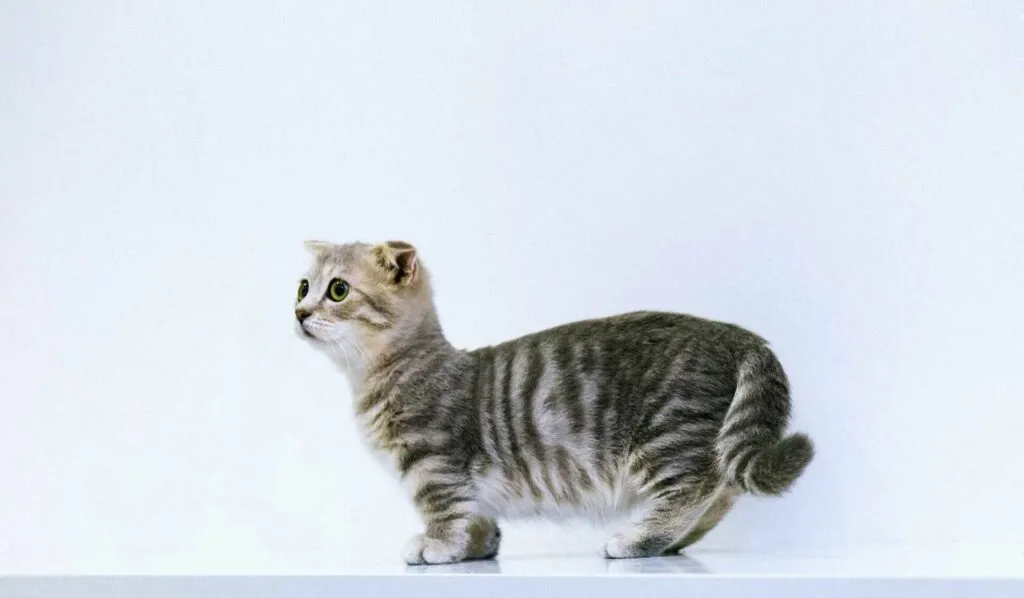
Munchkin
Munchkins are known for their cute cat punches and walking with their butts wiggling! One of the attractions is their unique appearance that other cats don’t have. You may not know much about them, such as why they have short legs. Whether you know a lot about Munchkins or not, why don’t we explore their secrets together?

Norwegian Forest Cat
Now, here’s a quiz. What is the name of the cat that is also called the “fairy living in the forest”? The correct answer is “Norwegian Forest Cat”! It’s becoming more and more popular in Japan these days, so some of you may have seen it before. Would you like to explore the hidden secrets of Norwegian Forest Cats, which are large cat breeds like Maine Coons and Siberians?
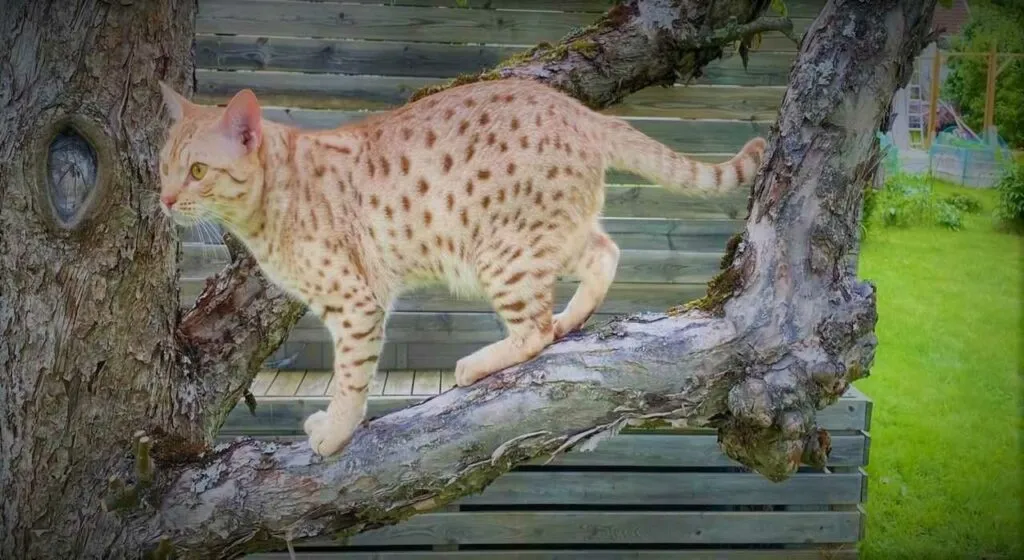
Ocicat
Wild in appearance, it looks like a wild cat. Since it is not often seen in Japan, few people may know its name. This time, we will introduce you to the “Ocicat”! The Ocicat, which gives the impression of living in a grassy field or forest, actually has a surprising personality and secrets. Let’s take a closer look at the detailed ecology of the Ocicat right away!

Oriental Shorthair
While round and fluffy cats are lovely, how about a cat with a slender body and stylish look? Introducing the 'Oriental Shorthair'. Its appearance is akin to a model in the cat world! This breed is gradually gaining recognition, but there is still much to discover about it. Let's delve into the various mysteries of the Oriental Shorthair!
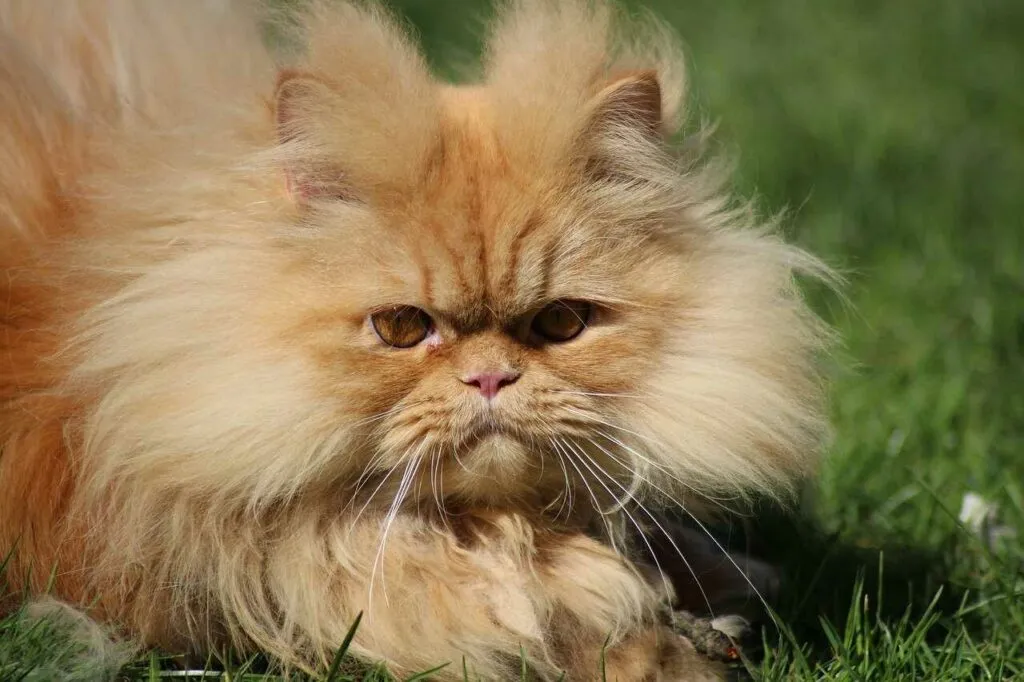
Persian
Manga, anime, etc… What cat do you think of when you imagine a pet that is kept in a rich family’s house? That’s right, it’s Persian! Persian, which often appears in cat food commercials, has a strong image of being an elegant cat, doesn’t it? Why don’t we explore together the surprising personality of Persian and the reason why it is actually called ‘the king of cats’?
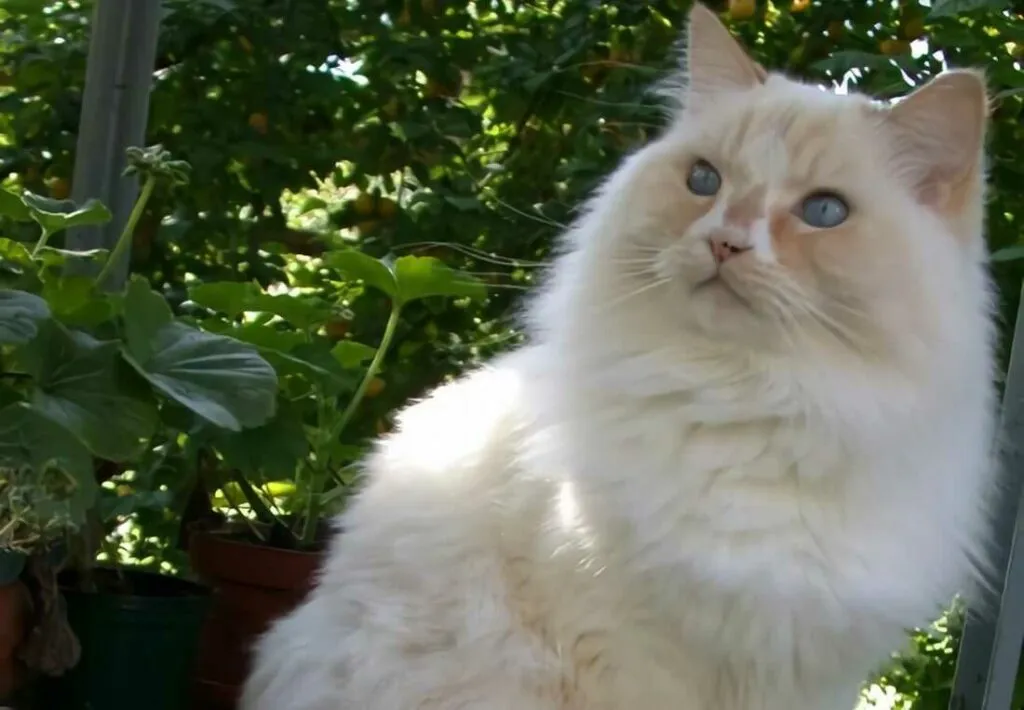
Ragamuffin
This page introduces the 'Ragamuffin' cat. As a relatively new cat breed, you might not see it often at home. The first impression is that of a fluffy, soft-looking cat, which is significantly related to the Ragdoll. Would you like to sneak a peek into the secrets of the Ragamuffin and its connection to the Ragdoll?
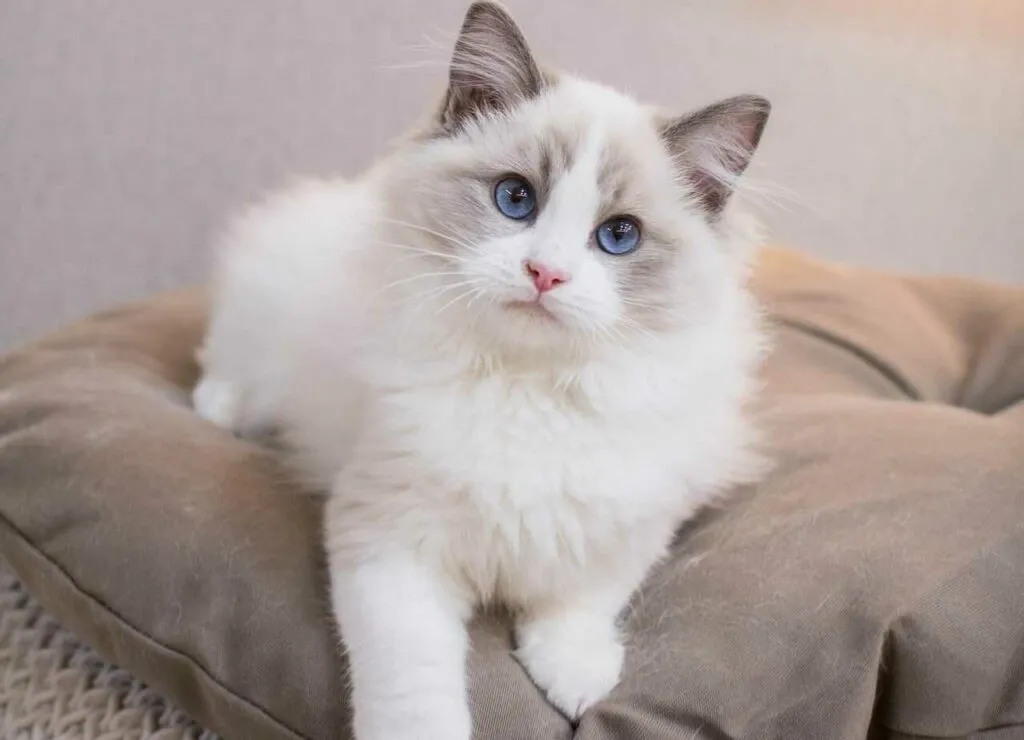
Ragdoll
When you think of a cat with fluffy fur and a fluffy tail… That’s right! It’s a ragdoll! The cat has a soft-looking body and beautiful blue eyes that are very cute. How about exploring some surprising history and secrets of the name of such a ragdoll?
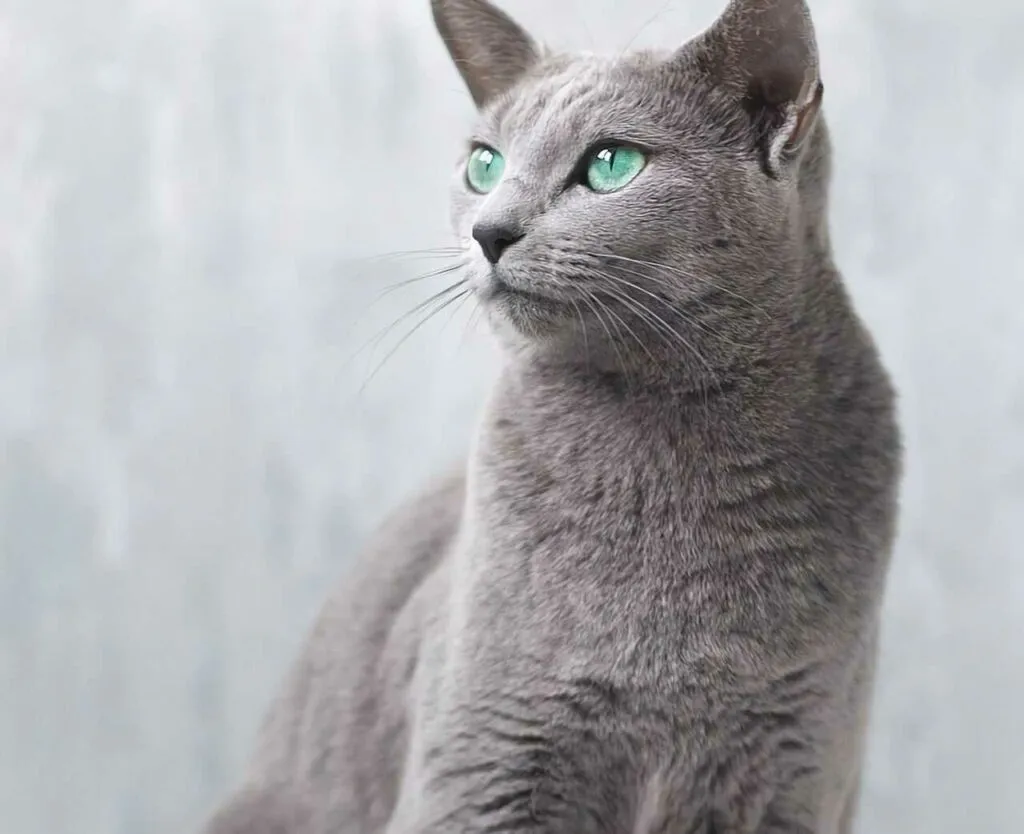
Russian Blue
With its luxurious fur and slender, graceful body, the Russian Blue cat is a breed that you may have heard of before. It is one of the most popular breeds that you can find in pet shops. At first glance, it seems to have a calm and cool demeanor that can handle anything, but the Russian Blue cat actually has… a surprising personality hidden behind its appearance!
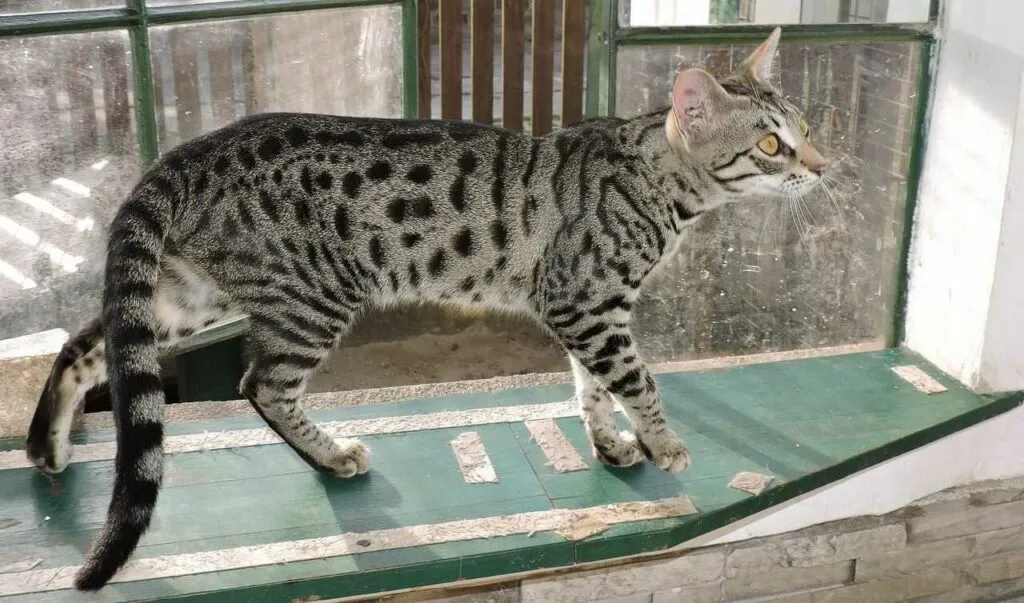
Savannah
When you think of wild-looking cats, you might think of Bengals, Toygers, and Ocicats. Today, let's introduce the 'Savannah' cat! The name itself evokes an image of a wild-looking cat, though it's rarely seen in Japan, and many may have never heard of it before. Why not secretly delve into the secrets of the Savannah cat?
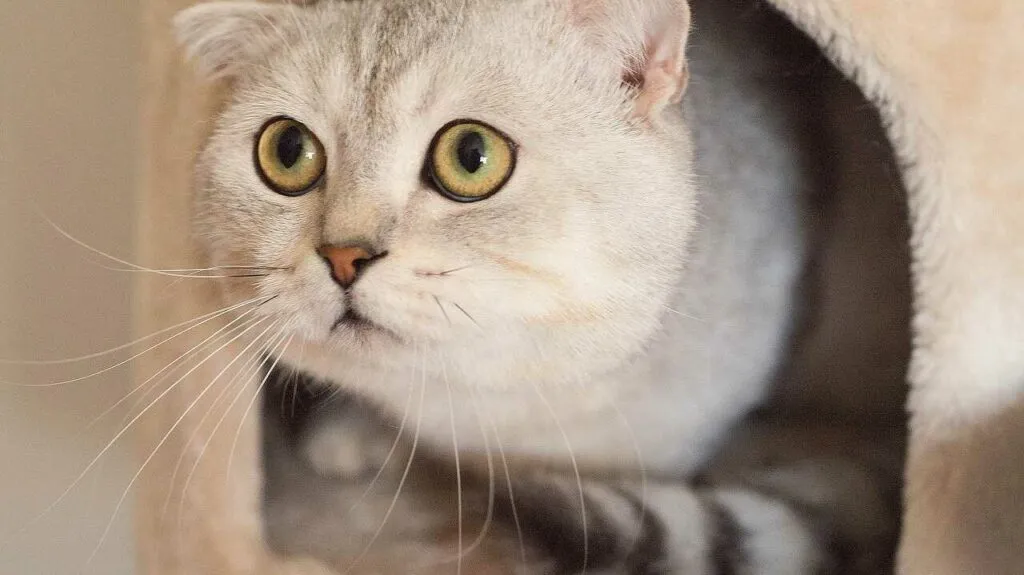
Scottish Fold
Scottish Fold is a breed of cat that has been dominating the rankings of cats people want to live with in recent years! They are famous for their cute round faces and folded ears. However, Scottish Folds are not only cute but also have various difficult aspects. If you see them next time, I would be happy if you could observe them with reference to this page!
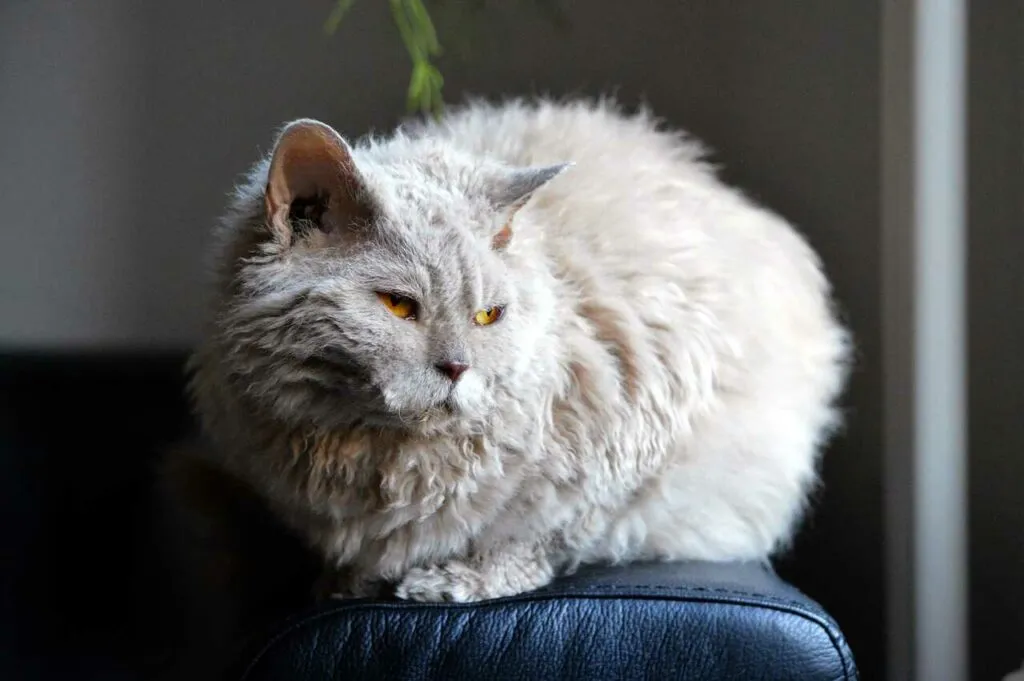
Selkirk Rex
Also known as the “cat in sheep’s clothing,” the Selkirk Rex is a cat with curly hair like a toy poodle. It has recently gained attention from people who want a cat that doesn’t look like everyone else’s. While there are other cats with curly hair, such as the Cornish Rex and Devon Rex, the Selkirk Rex is the most voluminous of all curly-haired cats. Let’s take a look at the secrets of this somewhat mysterious Selkirk Rex!
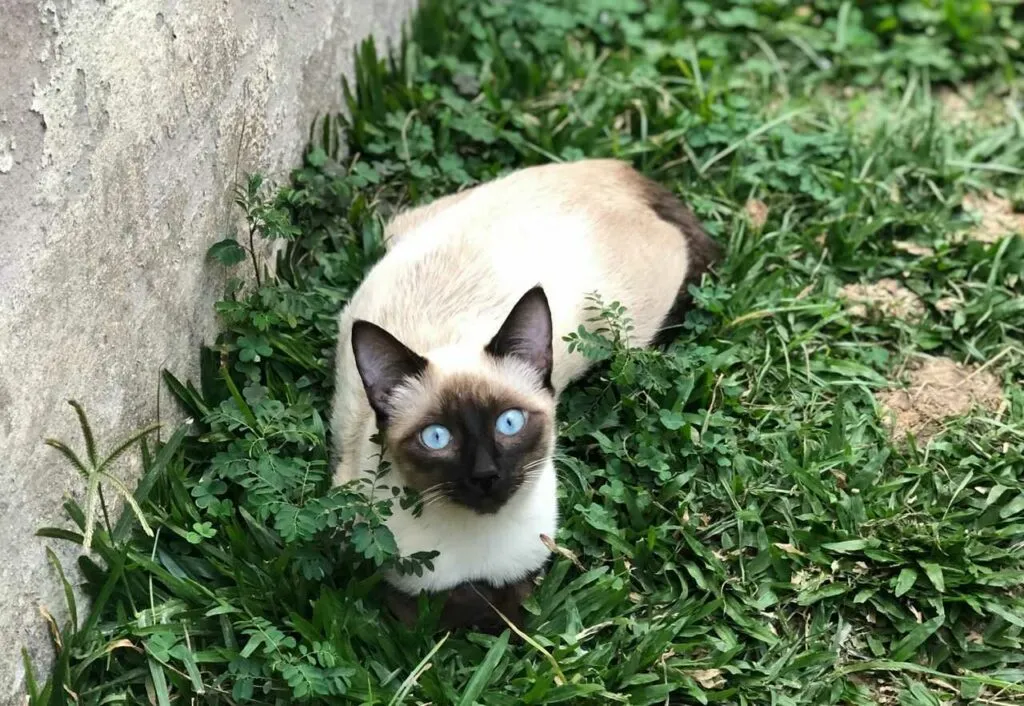
Siamese
Have you ever seen a "Siamese cat"? Actually, this cat is known as the "Siamese" breed worldwide. Interestingly, only Japan calls it the "Sham cat". On this page, I will introduce the Siamese breed, which was once popular in Japan. However, there are still many things that are not well known about their history and personality. Let’s explore the secrets of the Siamese cat!
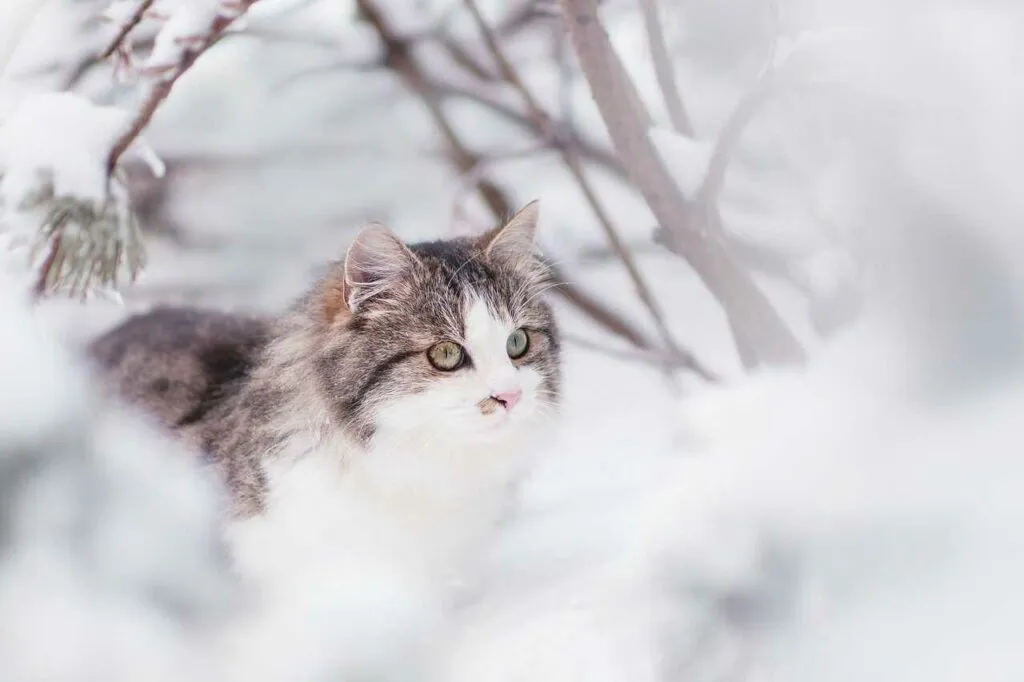
Siberian
Siberians are a breed with a voluminous and fluffy coat that is their charm point! Many people may not have heard of Siberians before. It is certainly one of the breeds that is not often seen in pet shops, but I would be happy if this page could help people learn about the cuteness of Siberians!

Singapura
Singapura is a breed of cat that is not often seen in Japan, so it may be known only to those who know it. What is particularly characteristic of this breed is its small size! It is sometimes called a “little fairy” because of its appearance. But there are many secrets hidden in its small body. Would you like to take a look at the story of how Singapura was born?
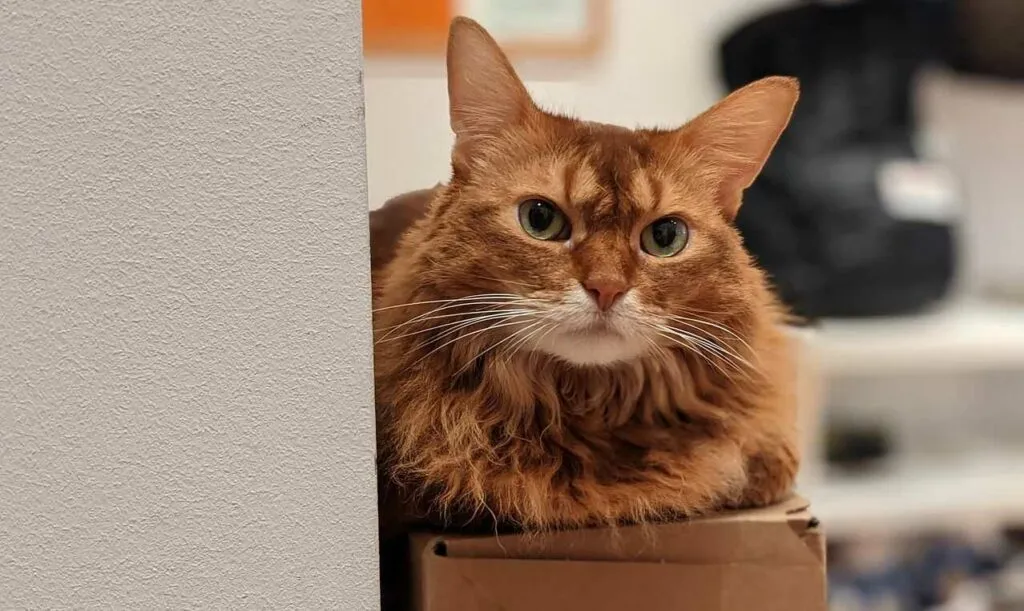
Somali
Speaking of cats with beautiful fur colors and fluffy tails, it’s the Somali! It is also a popular cat that is known to many people. However, it seems that in the history of Somali’s birth, it was sometimes thought of as a “failure.” At first, the Somali was not very well-regarded, but it became popular after a small incident. Would you like to unravel the secrets of the Somali?

Sphynx
Have you heard of the Sphinx cat? Whether you’ve heard the name before or not, you might be surprised by its striking appearance! You might even hear someone say, “What! Is it really a cat?” The Sphinx cat’s appearance is likely to be a love-it-or-hate-it situation, but it’s a breed that some people can’t resist. So what are the hidden charms of the Sphinx cat? Let’s introduce them right away!

Tonkinese
Do you know about the cat called 'Tonkinese'? Compared to more mainstream breeds, it might be a bit unusual in Japan. It looks somewhat similar to the Siamese, but actually, there lies the secret of the Tonkinese. What exactly is this secret? Let's delve into the world of the Tonkinese right away!
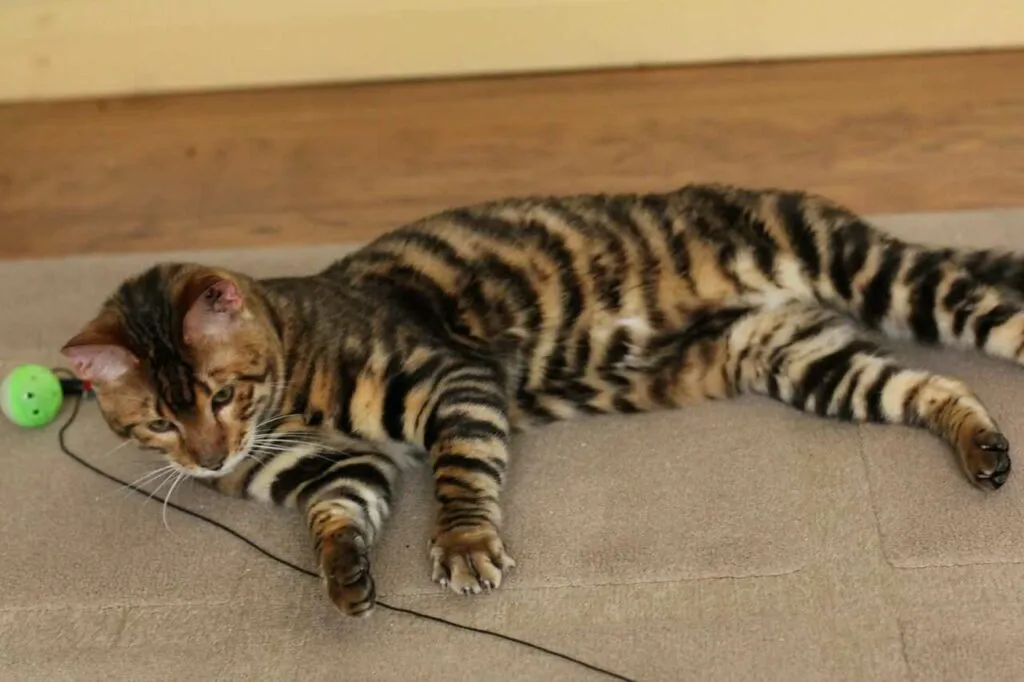
Toyger
「Toyger??」 It is one of the breeds that cat lovers may not be familiar with, so many people may not have heard or seen it. That’s because Toyger is a new breed that was recently born, so it is still a rare cat with low name recognition in Japan! However, its appearance, which looks just like a tiger, is very impressive and unforgettable. Why don’t you explore the secrets of the little-known Toyger?
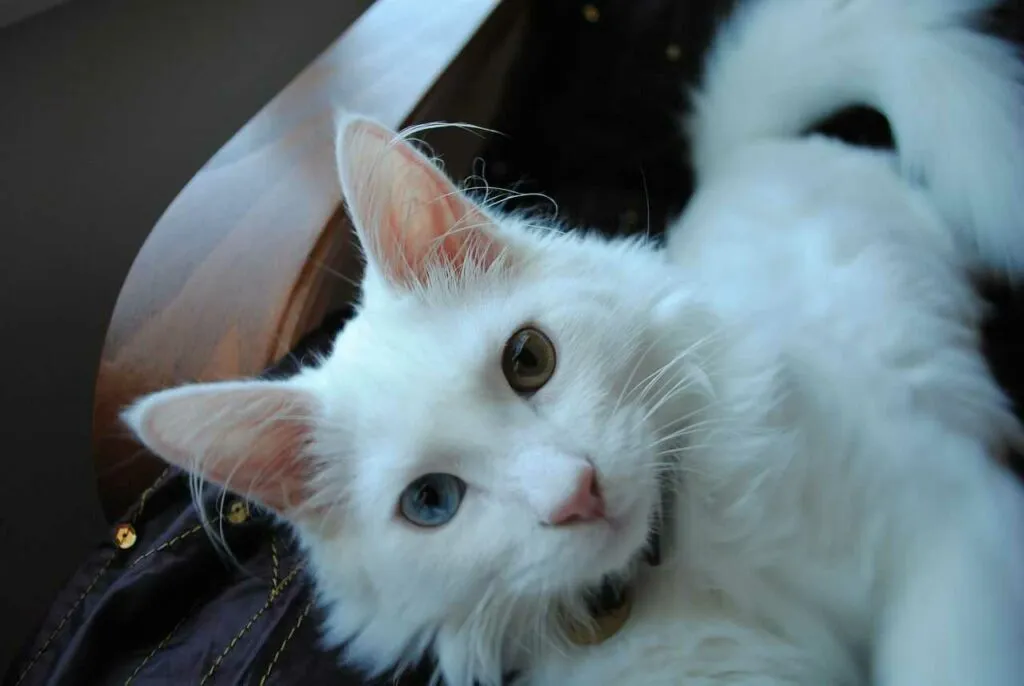
Turkish Angora
"Turkish Angora” is a breed of cat that is known for its beautiful fur and elegant appearance. Its appearance exudes an atmosphere that seems to belong to a wealthy household. However, it is rare to see them in pet shops, so many people may not have heard of them before. Although the Turkish Angora is not a well-known breed, its history is very ancient and there are many secrets hidden within it. Let’s explore the world of the Turkish Angora right away!
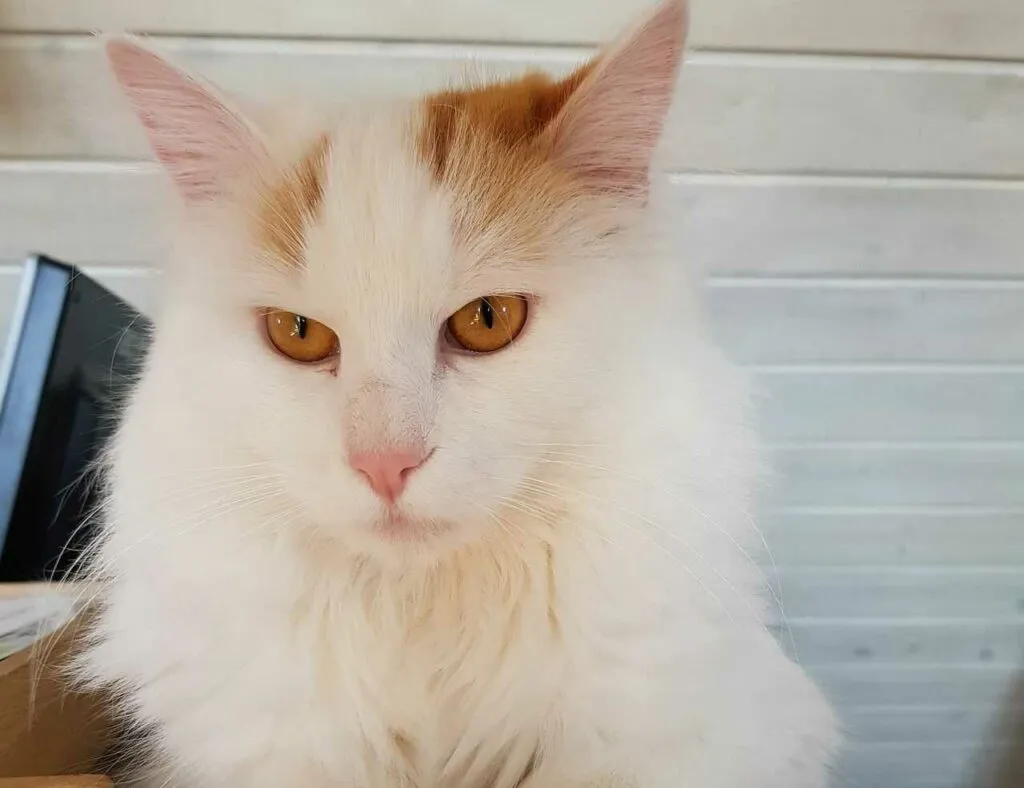
Turkish Van
Many people associate cats with being afraid of water. However, did you know that there are cats that are good at swimming? That’s the Turkish Van! It is rare to see them in Japan, so if you find one at a breeder’s or an acquaintance’s house, you can consider yourself very lucky. The history of the Turkish Van is interesting and full of mysteries. Let’s explore its secrets together!
Information
Congratulations! You are the first commenter!

Would you like to leave a comment?
※Please note: This is for the purchase of rights to post comments within the article.

Find Your Favorites!
Our shop offers a unique and attractive selection of goods themed around various animals.
Iriomote Cat References

- 今泉 忠明(2004年)『野生ネコの百科』データハウス
- 横塚眞己人(1994年)『イリオモテヤマネコ―亜熱帯の島に野生猫を追う』ブロンズ新社
- 環境省「イリオモテヤマネコ飼育下個体の死亡について」 http://kyushu.env.go.jp/okinawa/pre_2011/0413a.html
- 国立科学博物館「イリオモテヤマネコ」 https://www.kahaku.go.jp/special/past/nihon/infomation/chapter_1/neko.htm
- 未来をつくるSDGsマガジン ソトコト「連載 | 標本バカ | 64 イリオモテヤマネコ礼賛」 https://sotokoto-online.jp/740
- 環境省 アクティブ・レンジャー日記 [九州地区]「2017年02月08日 イリオモテヤマネコ調査体験会」 https://kyushu.env.go.jp/blog/iriomote/a-iriomote/index_3.html
- 環境省 自然環境局 生物多様性センター「イリオモテヤマネコの交通事故 田口麻子(西表野生生物保護センター)」 https://www.biodic.go.jp/relatedinst/18th/P-6.pdf
- Wikipedia「イリオモテヤマネコ」 https://ja.wikipedia.org/wiki/イリオモテヤマネコ
- note「イリオモテヤマネコ:その偶然と必然 久保田康裕(琉球大学理学部 久保田研究室 シンクネイチャー)」 https://note.com/thinknature/n/nb0bd35c2133f
- 沖縄県 環境部 自然保護課「3.3 哺乳類」 https://www.pref.okinawa.jp/site/kankyo/shizen/hogo/documents/honyuurui.pdf
Iriomote Cat Introduction of media used
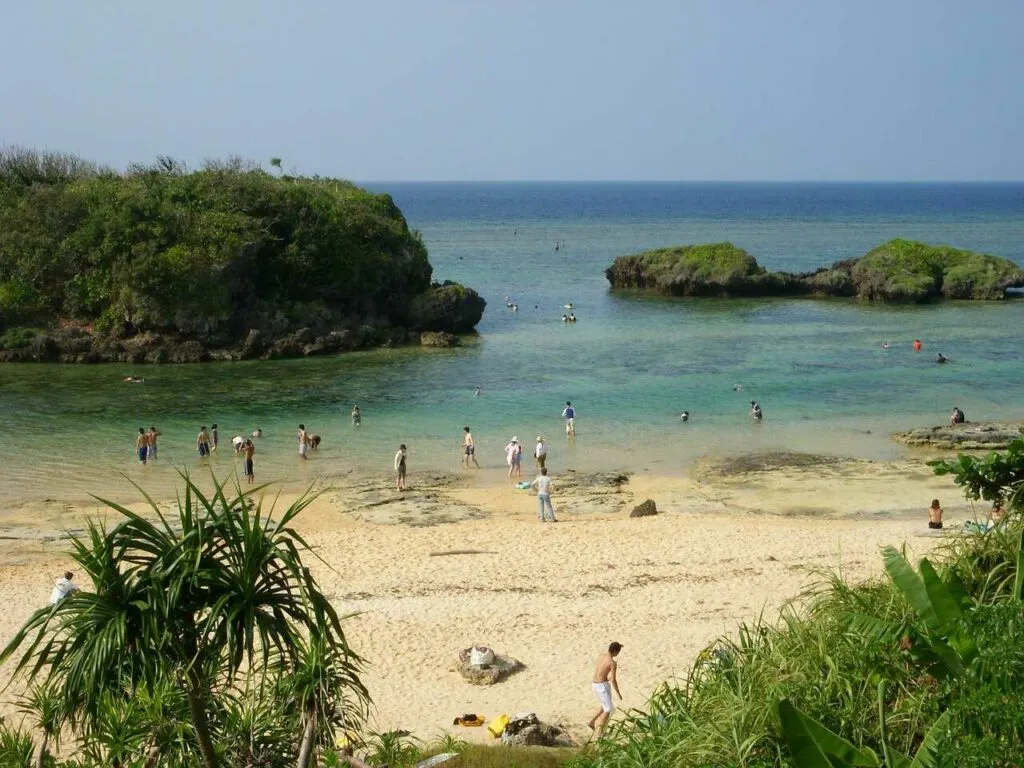
habitat
出典:https://pixabay.com/images/id-69650/

habitat
出典:https://commons.wikimedia.org/wiki/File:Mare_falls.jpg
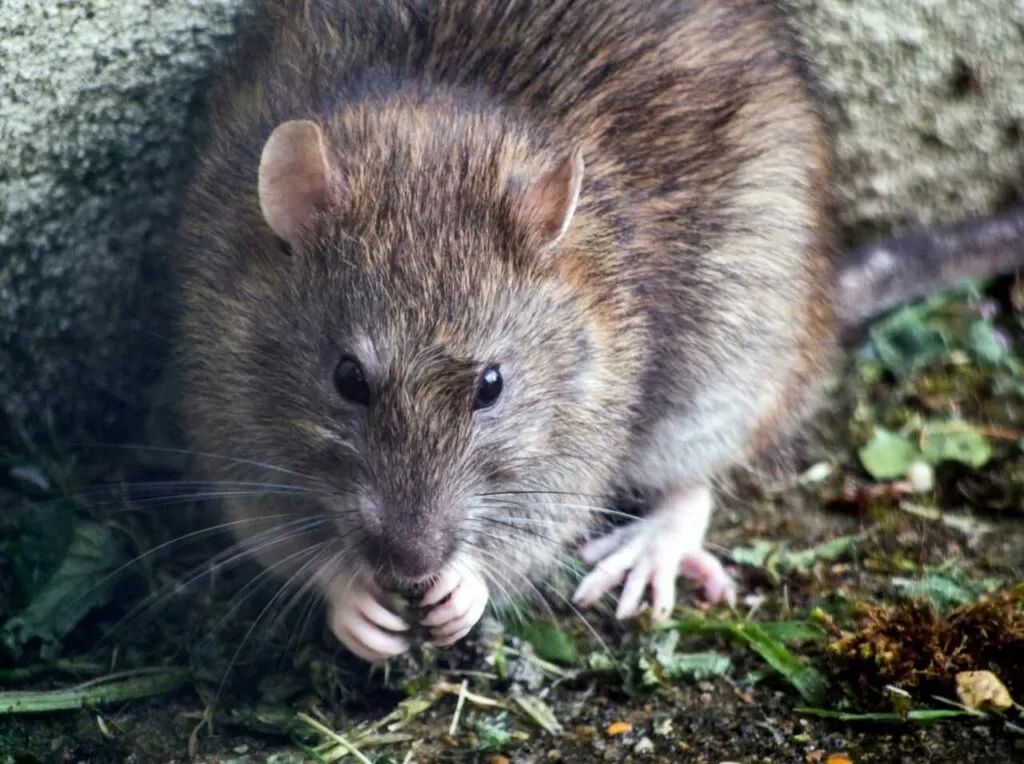
food
出典:https://unsplash.com/photos/V-QbDB5zyMY

food
出典:https://unsplash.com/photos/QkzR--jhelQ
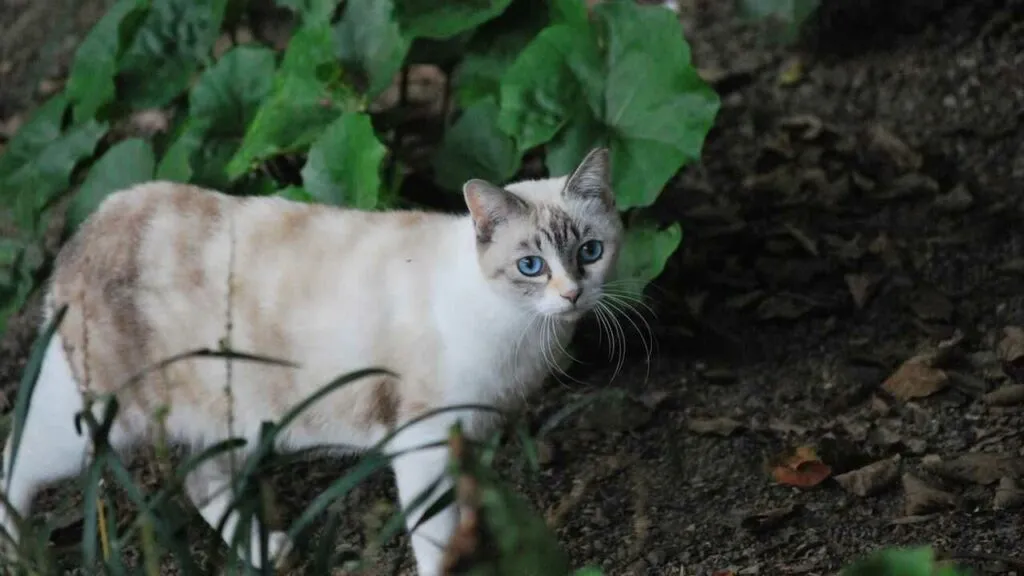
similar
出典:https://unsplash.com/photos/lPjG6NriI-w
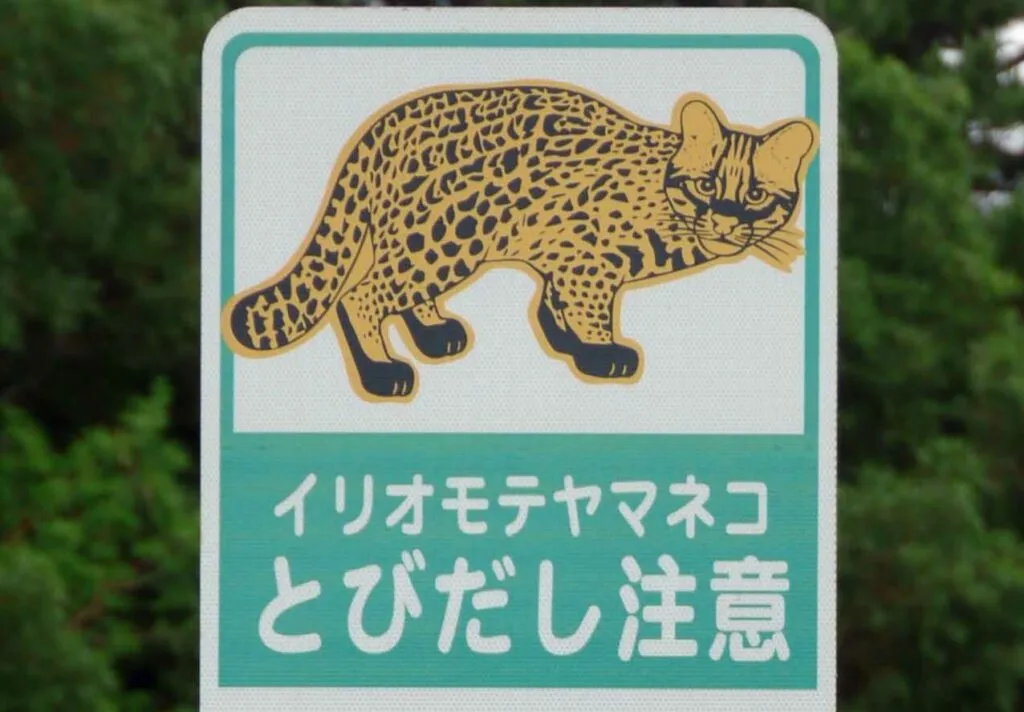
other
出典:https://commons.wikimedia.org/wiki/File:Iriomote_yamaneko_warning_sign.jpg
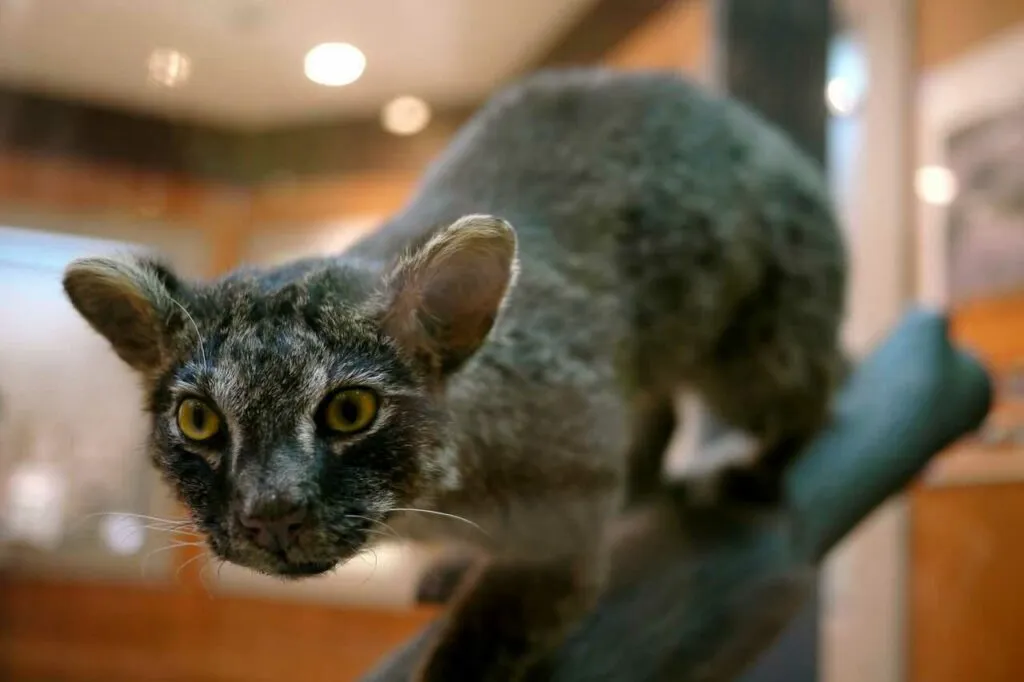
出典:https://commons.wikimedia.org/wiki/File:Iriomote_yamaneko-yon.jpg
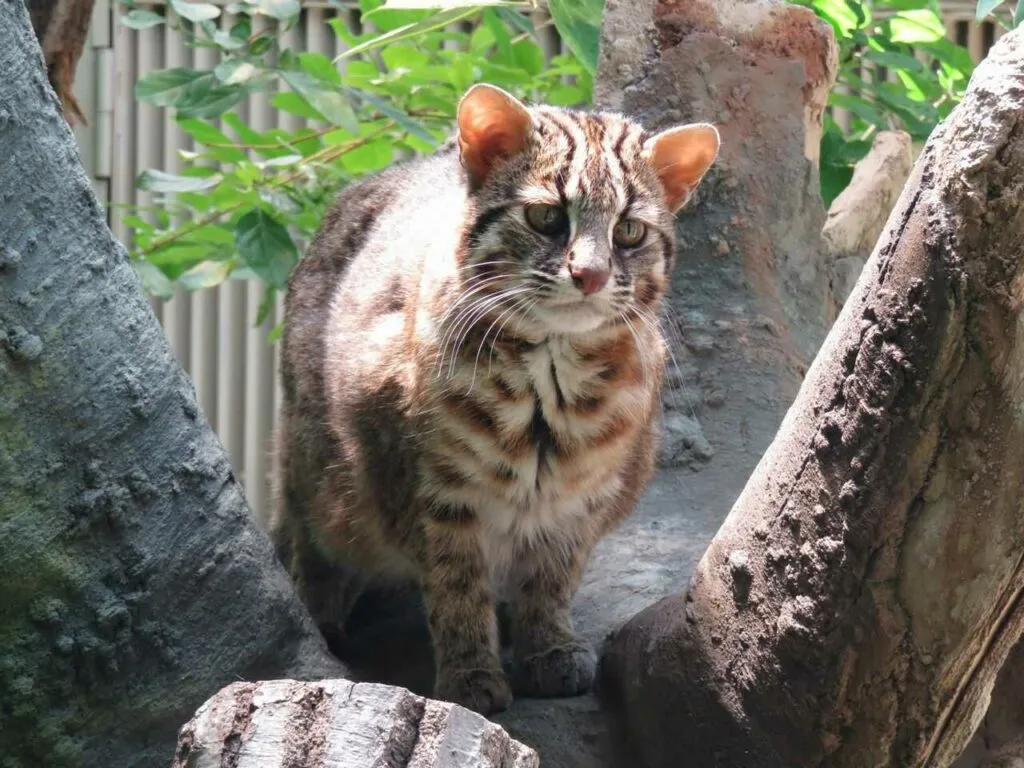
similar
出典:https://commons.wikimedia.org/wiki/File:Prionailurus_bengalensis_euptilurus_tsushima_cat.jpg
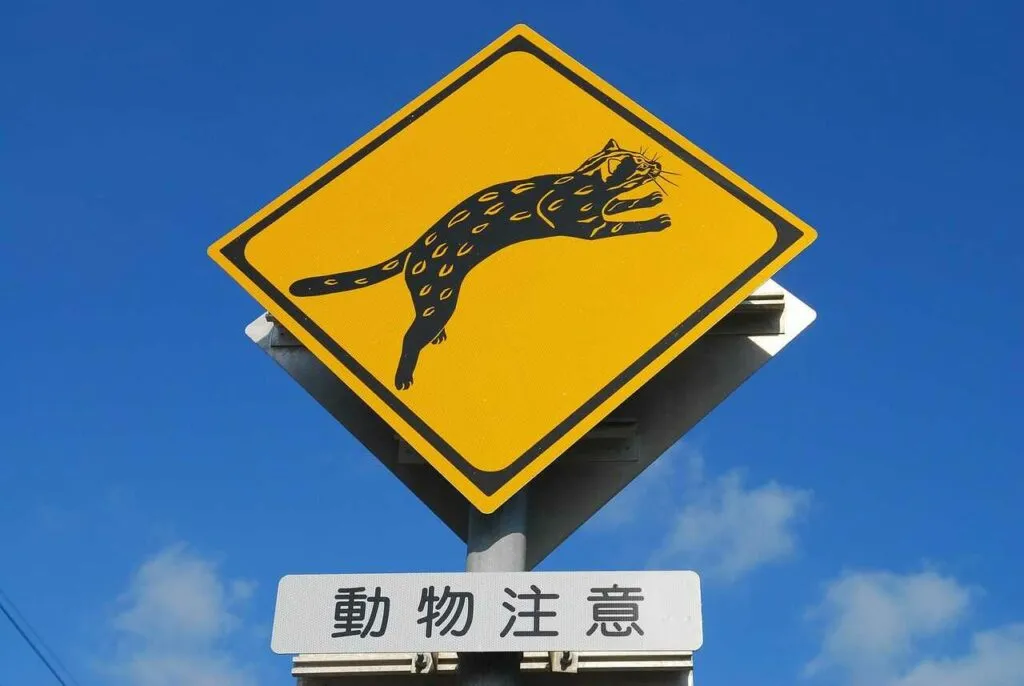
other
出典:https://commons.wikimedia.org/wiki/File:Warning_signs_for_Iriomote_cat.jpg

Help Enrich Our Animalbook.jp with Your Media!
We are constantly looking to expand and enrich our Animalbook.jp with amazing photos and videos of animals. If you have any media that you'd like to share, please contribute and help us showcase the beauty and diversity of the animal kingdom. Your submissions will be credited and featured in our encyclopedia, reaching a wide audience of animal lovers.




